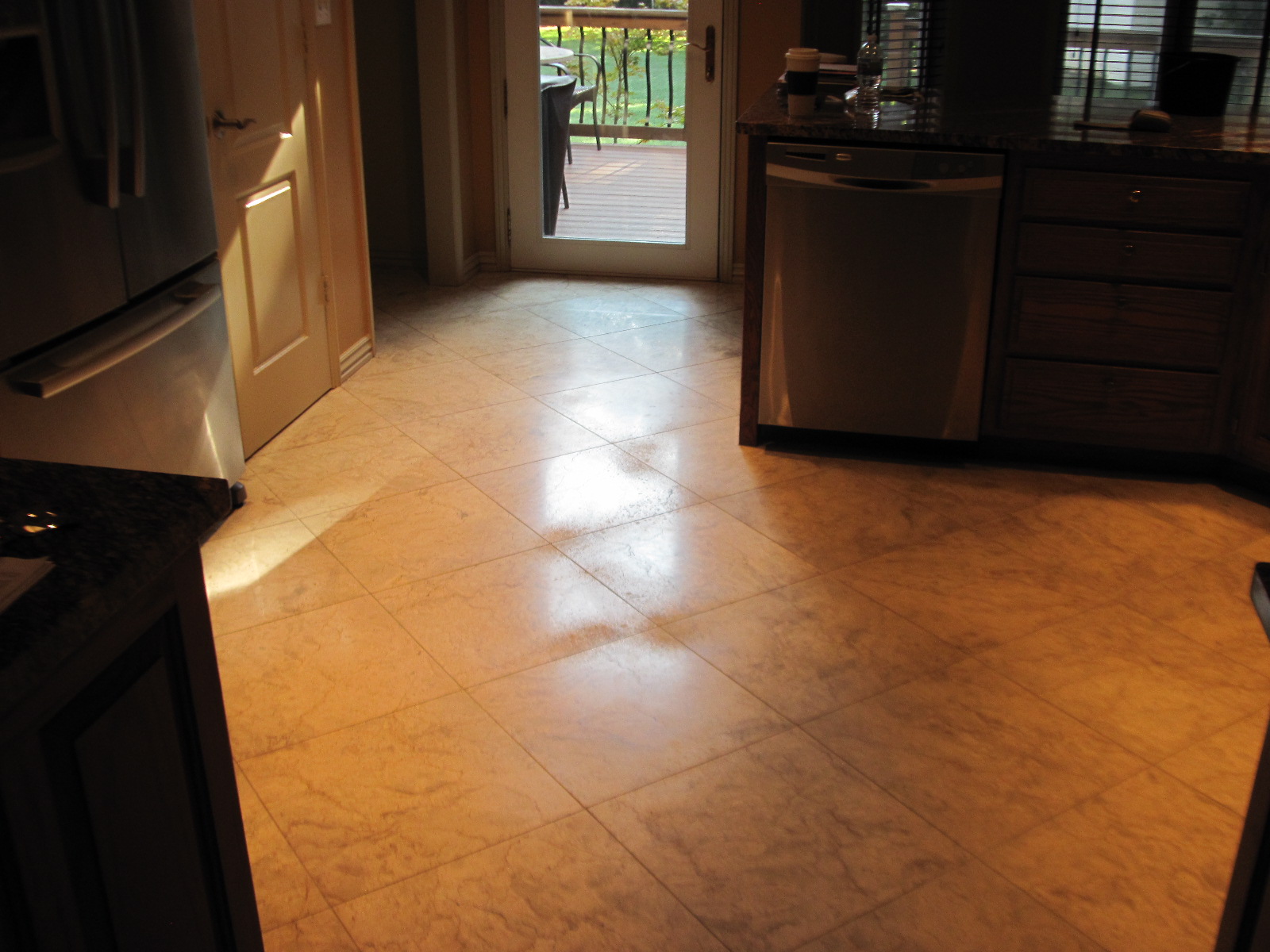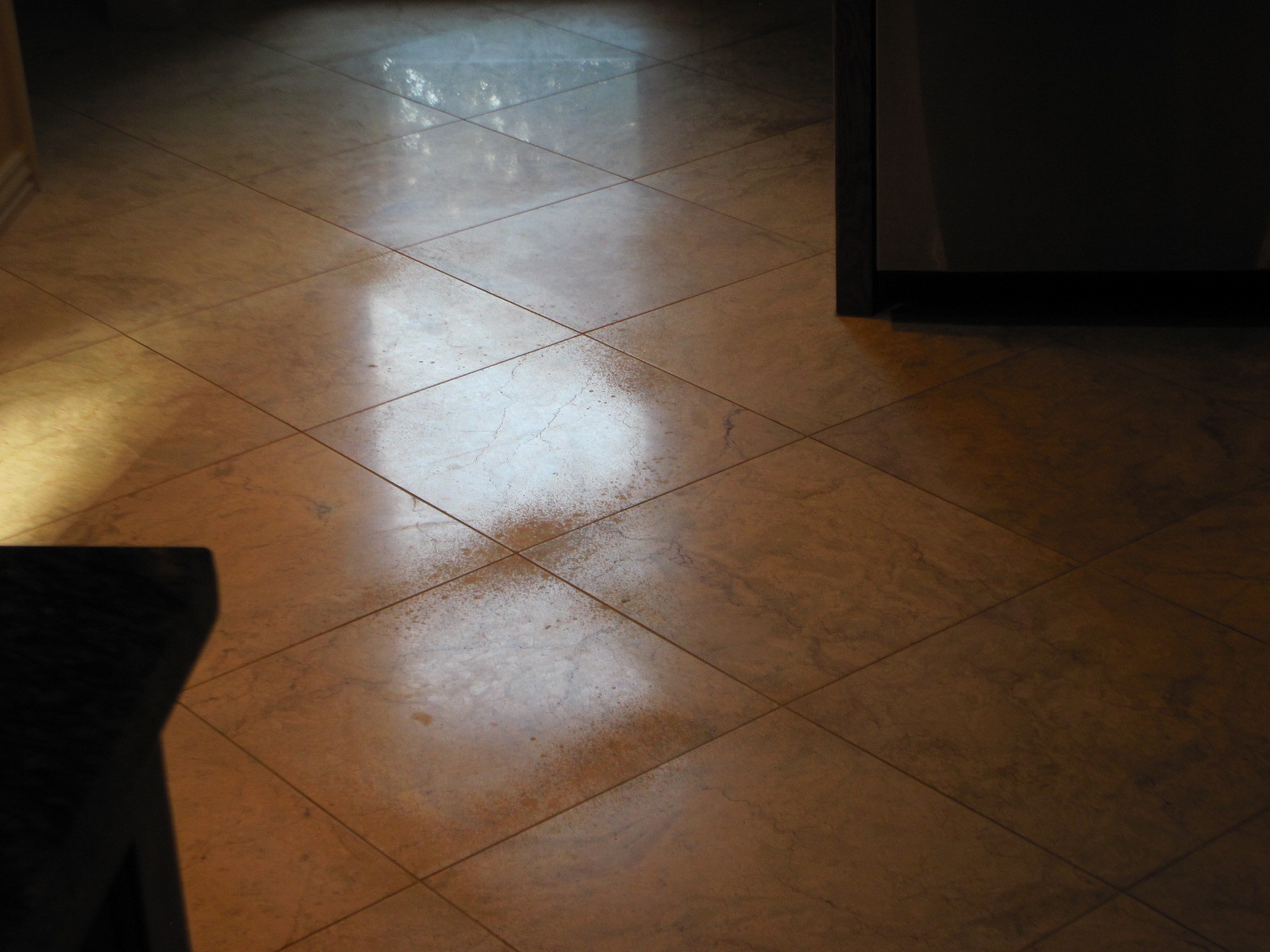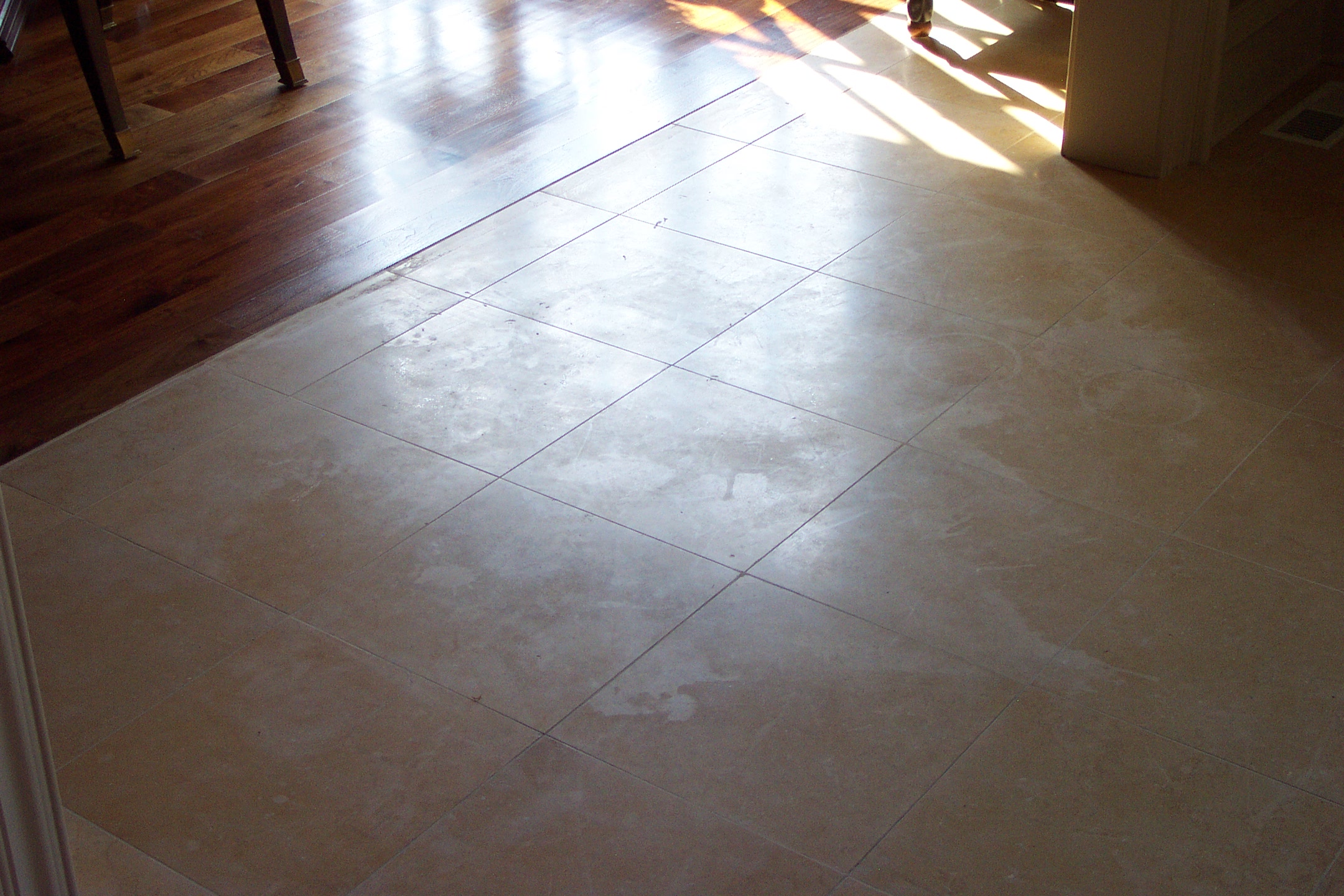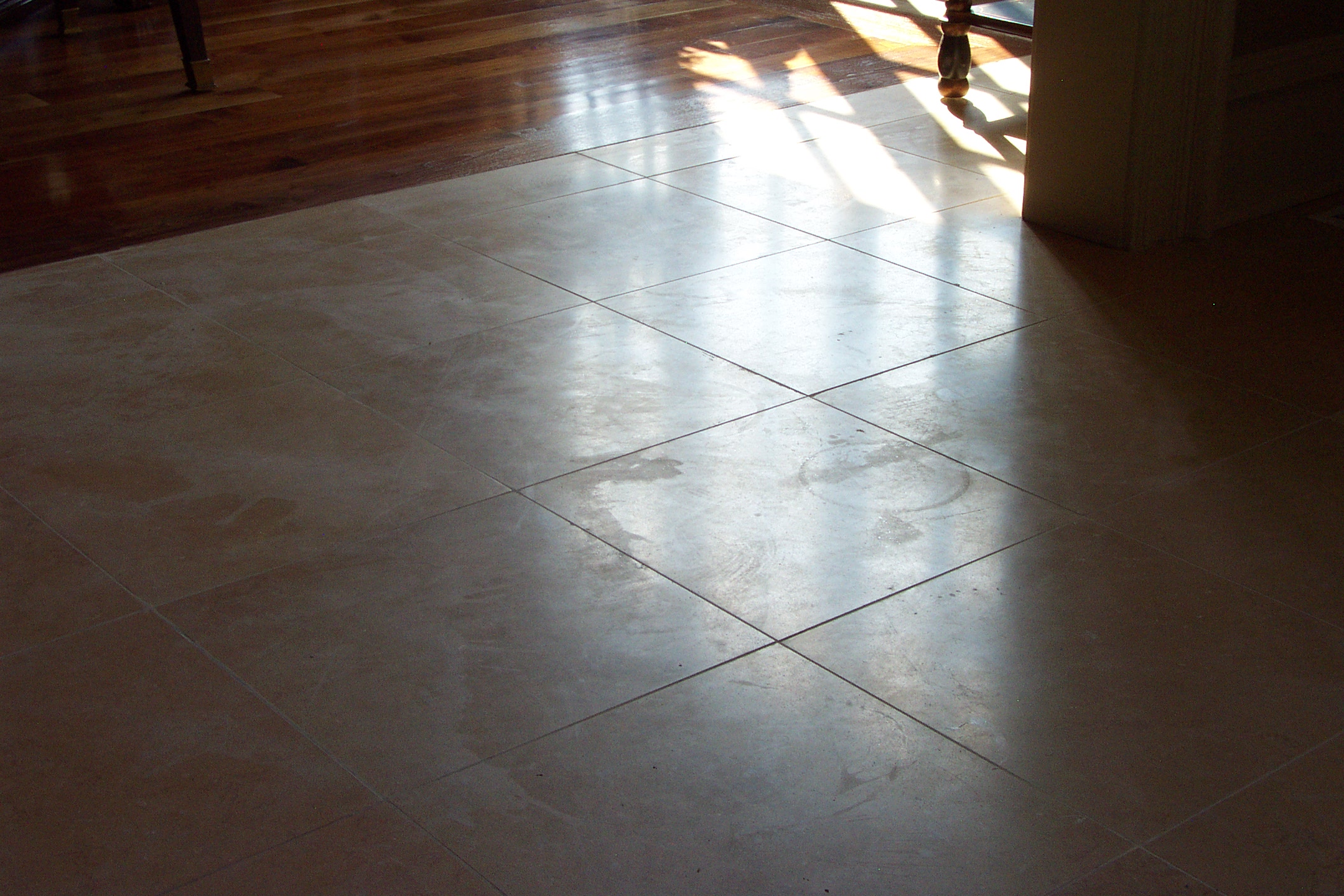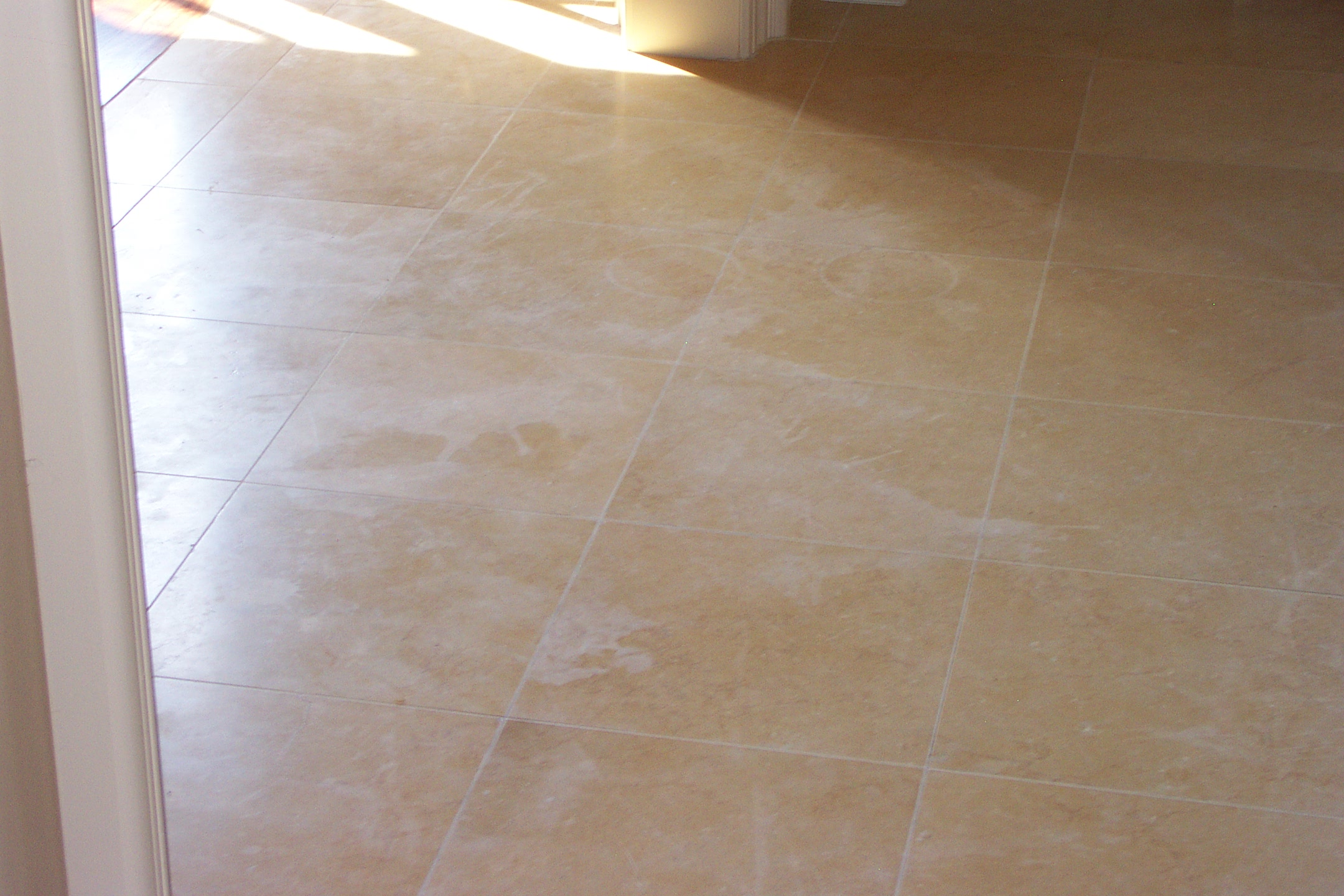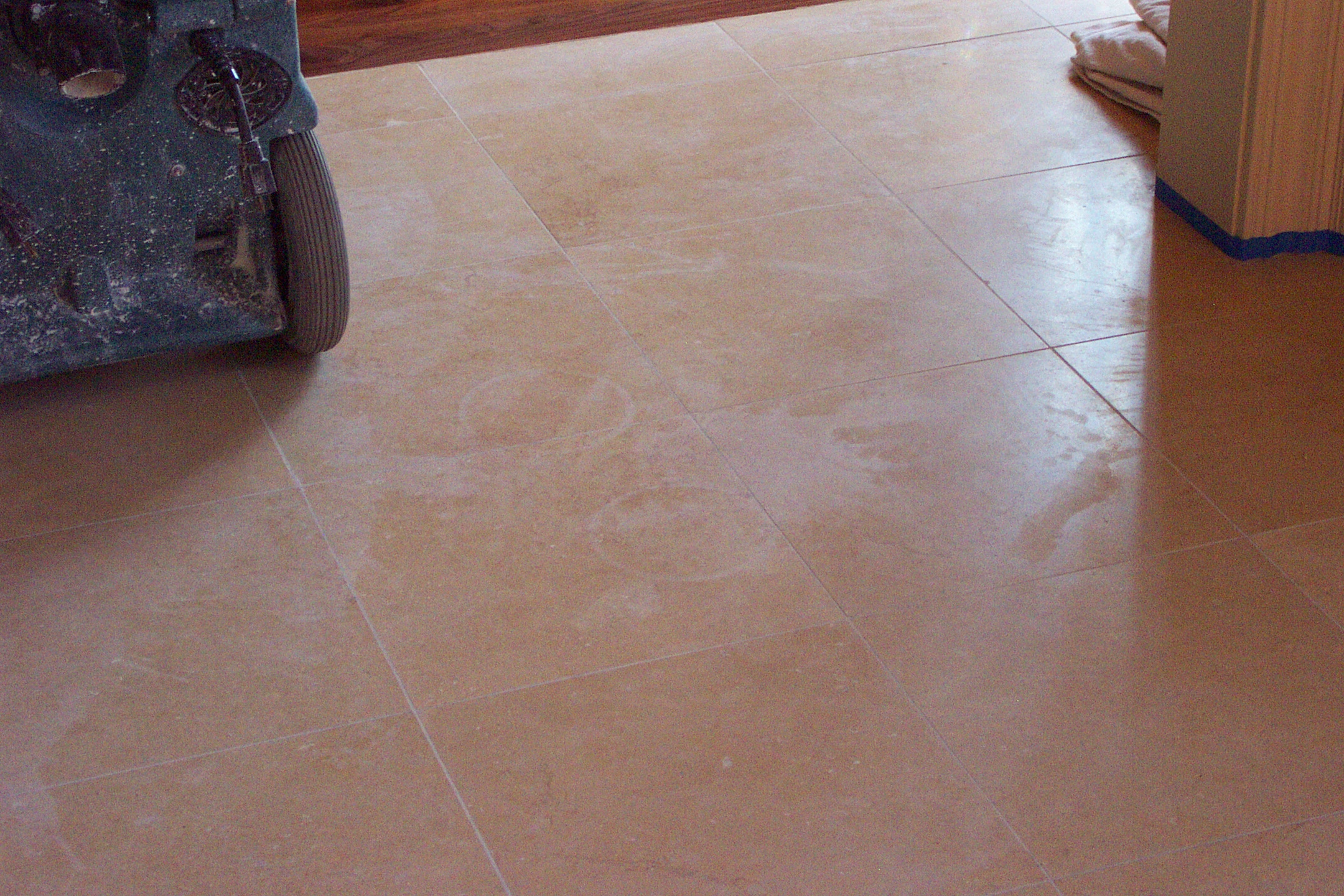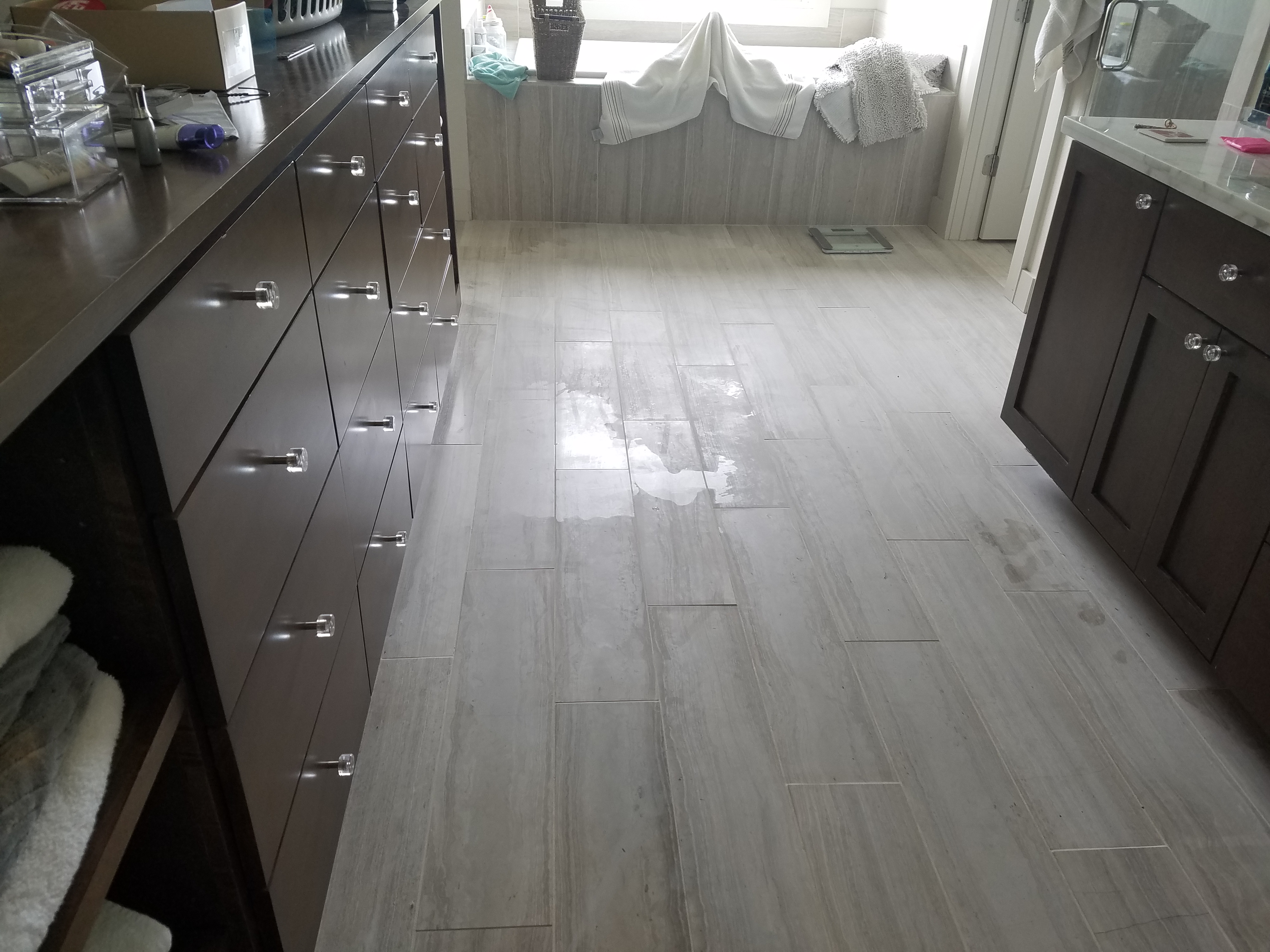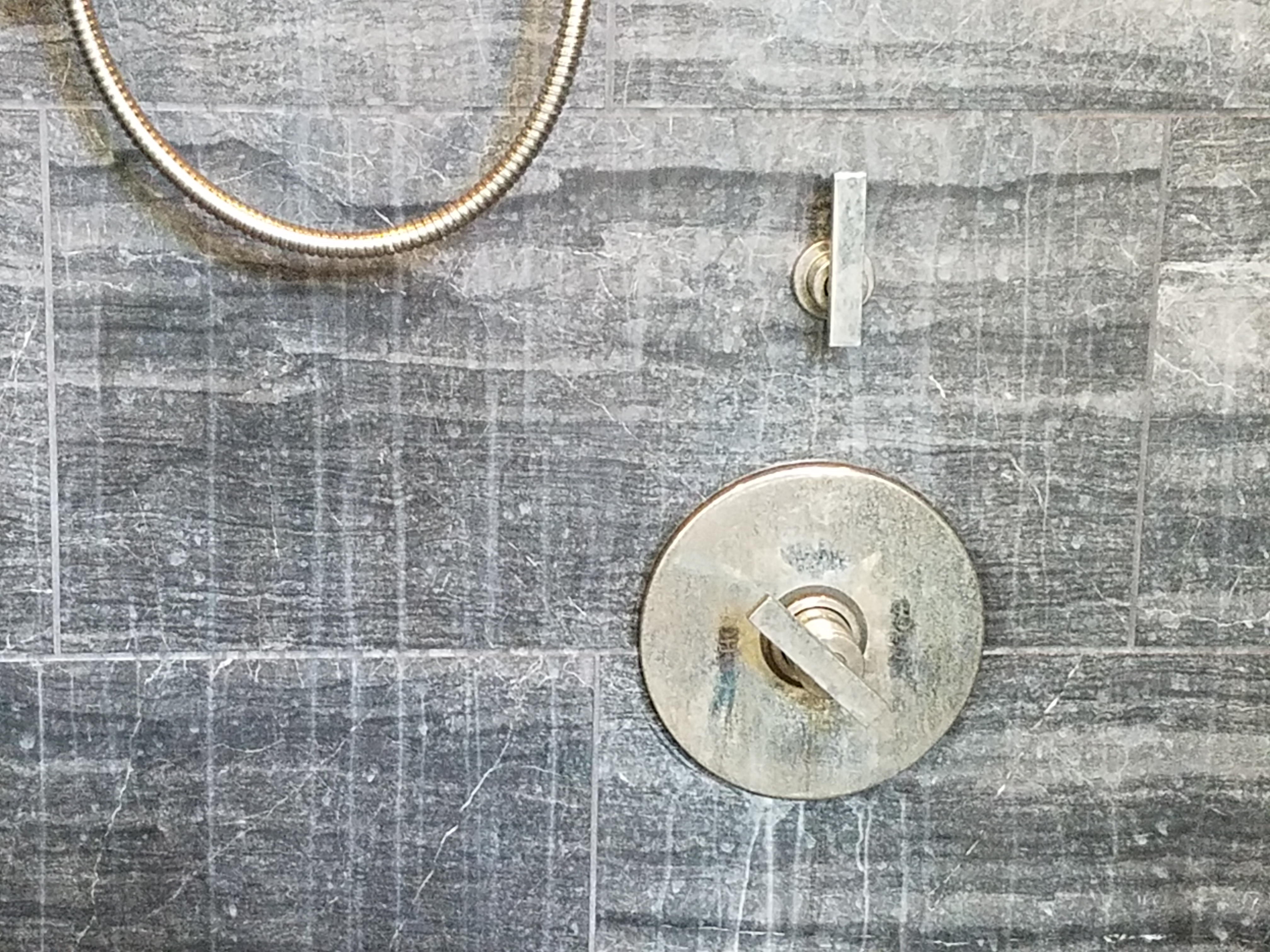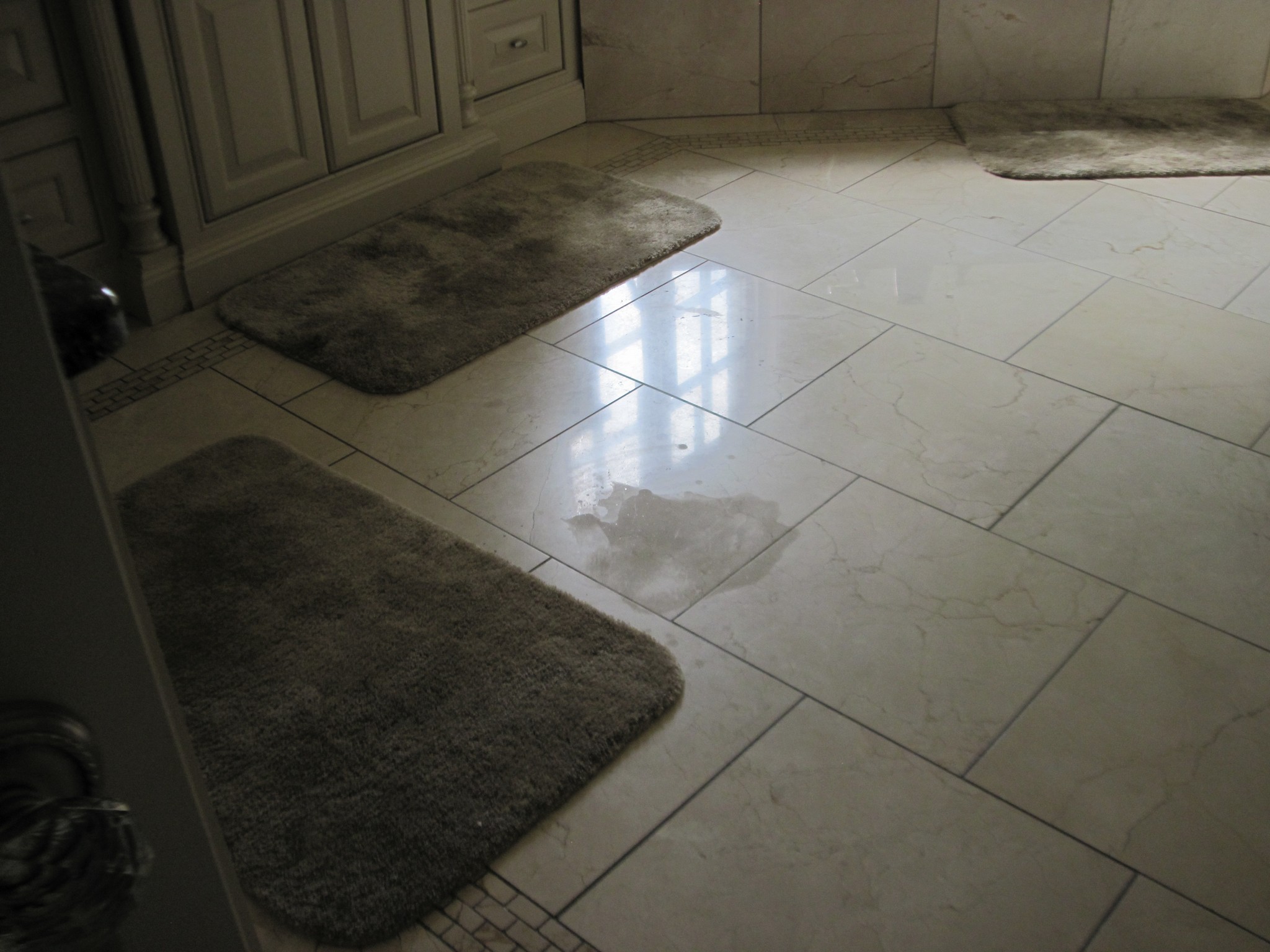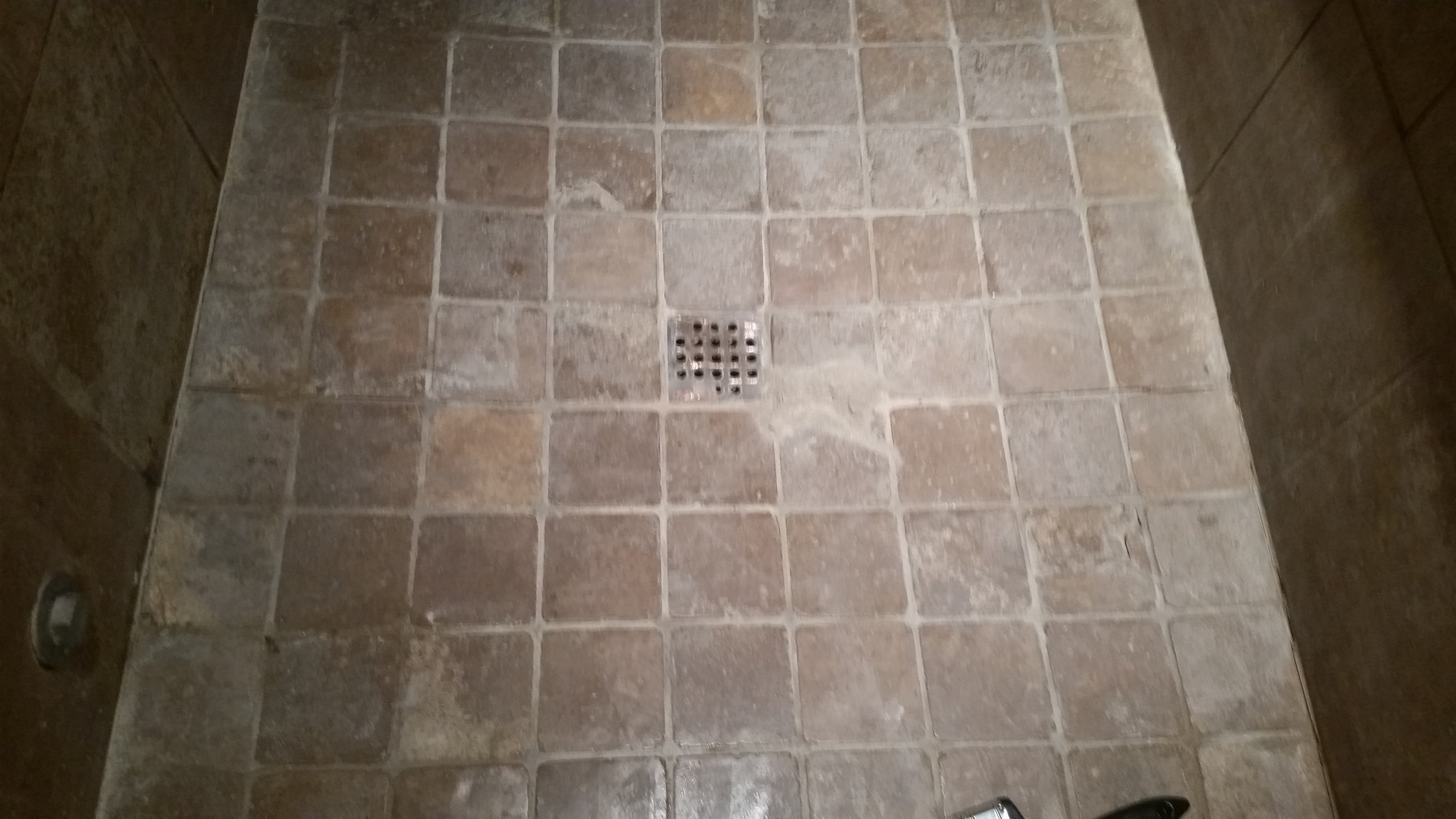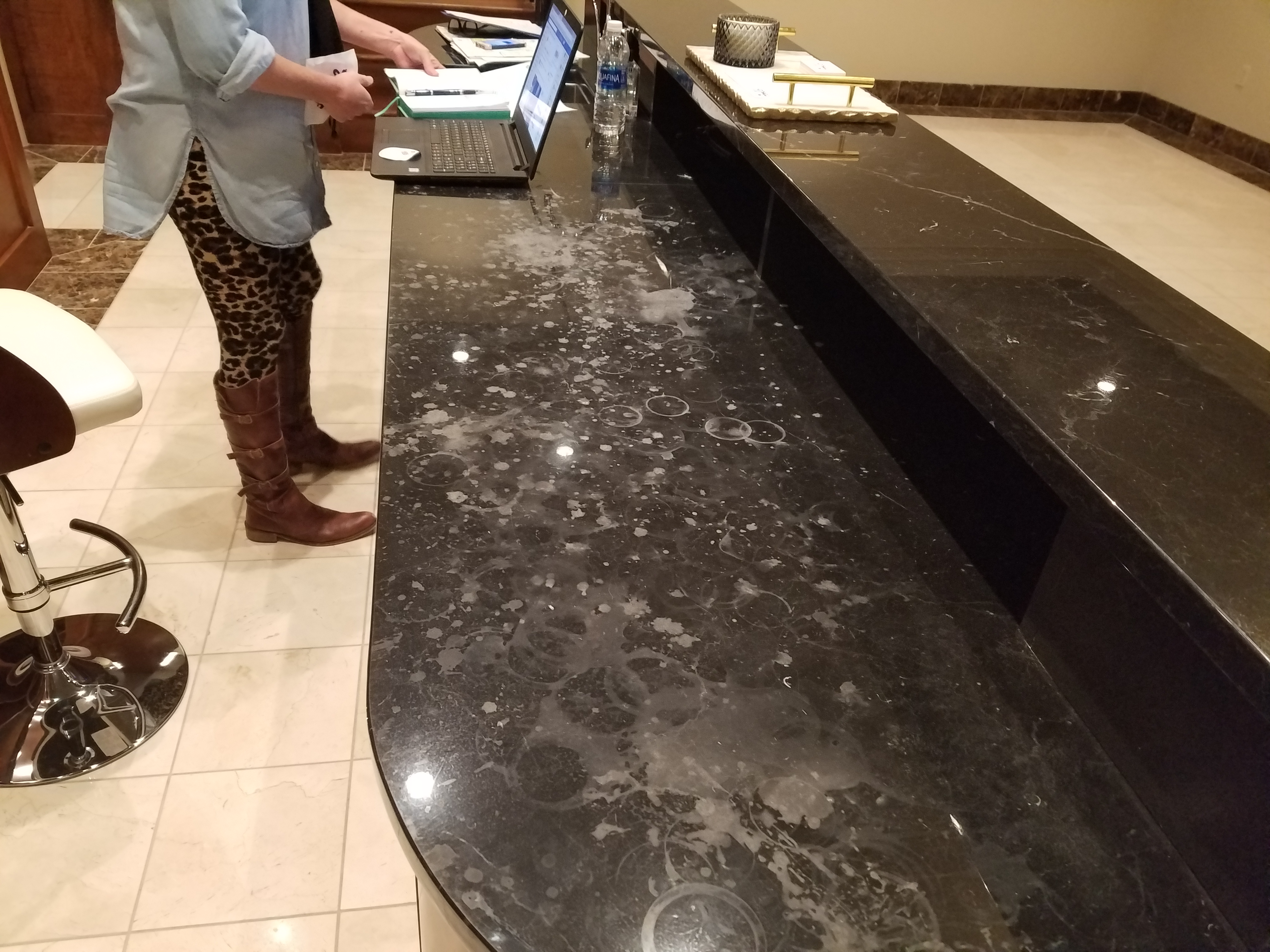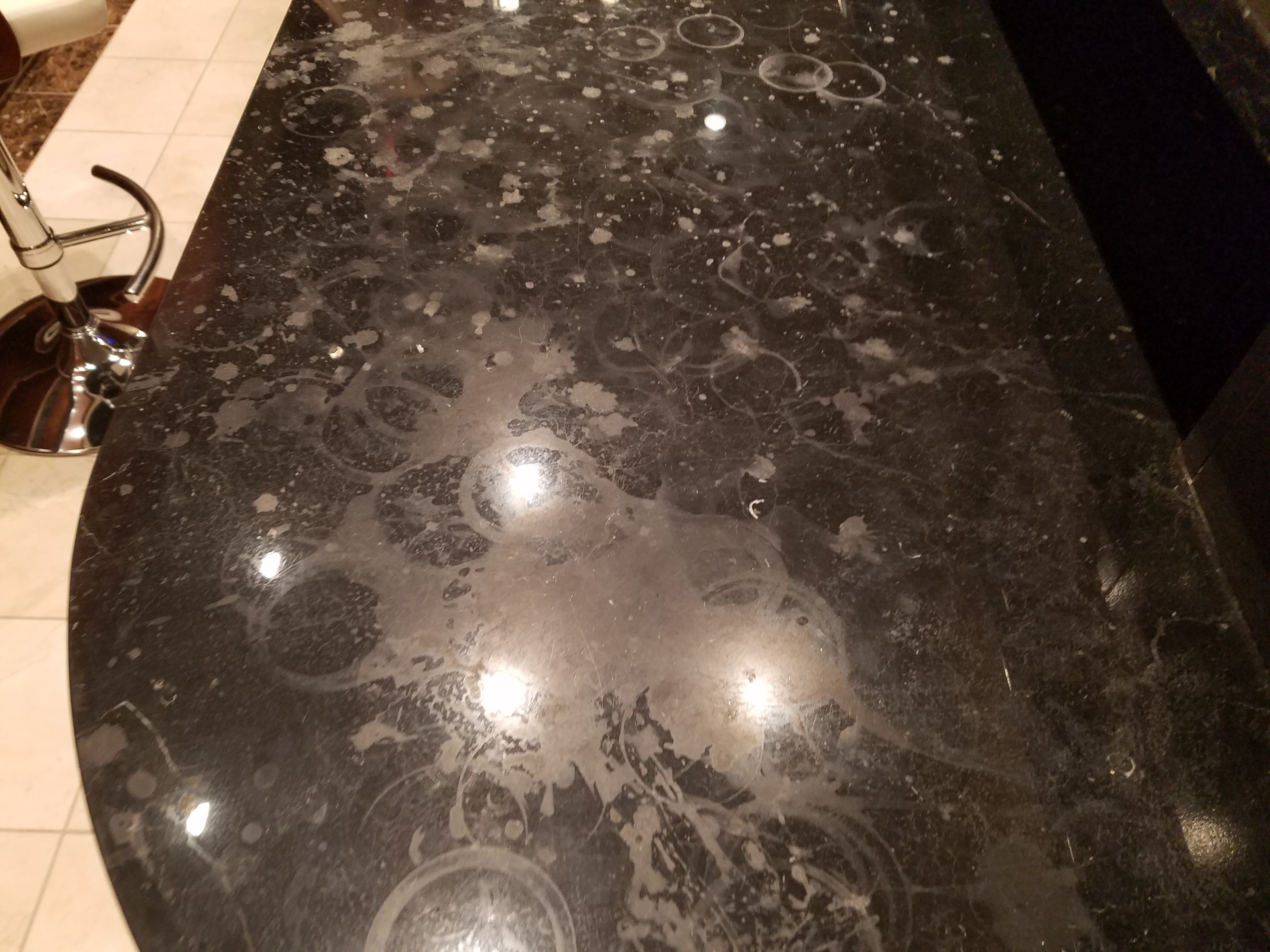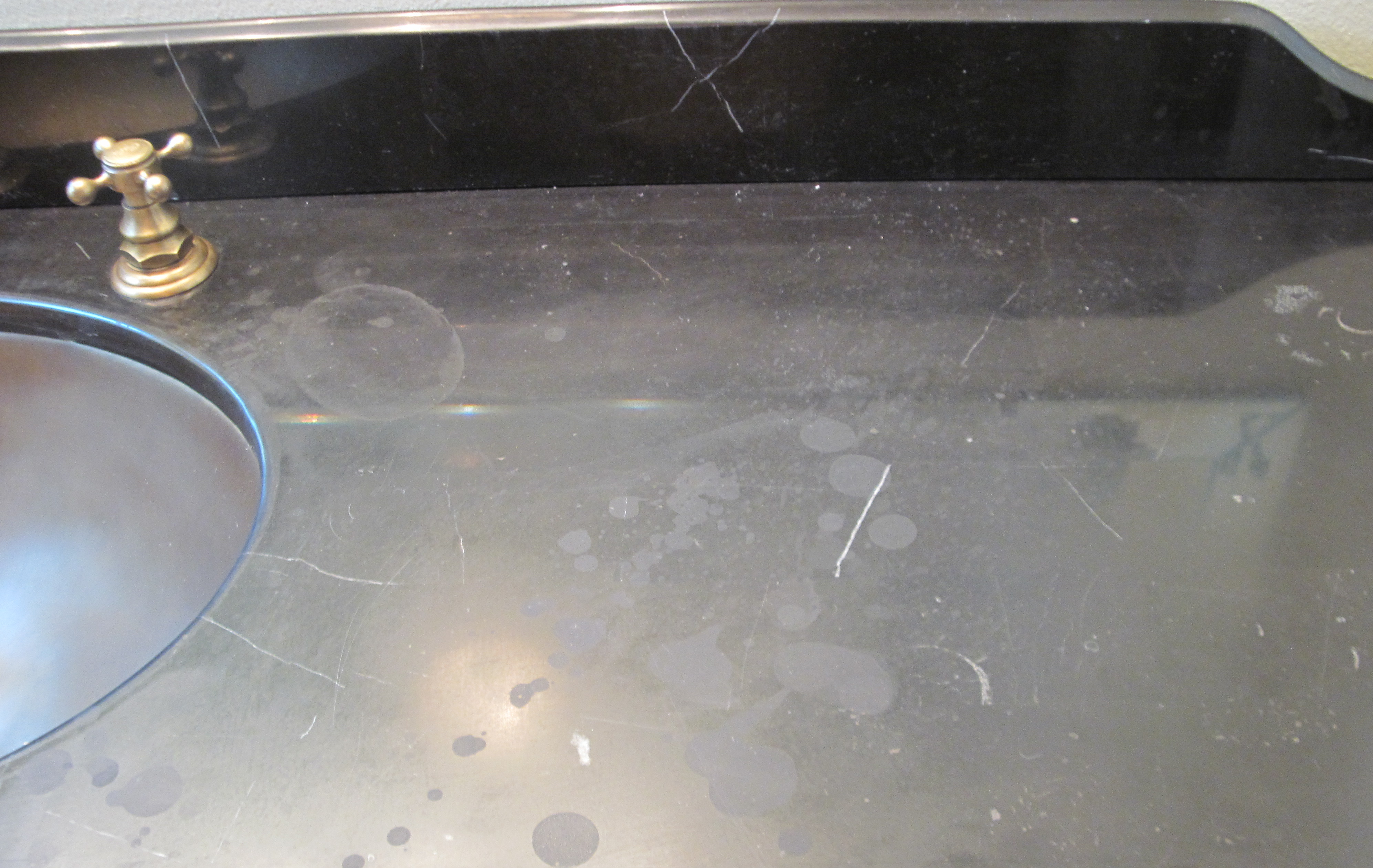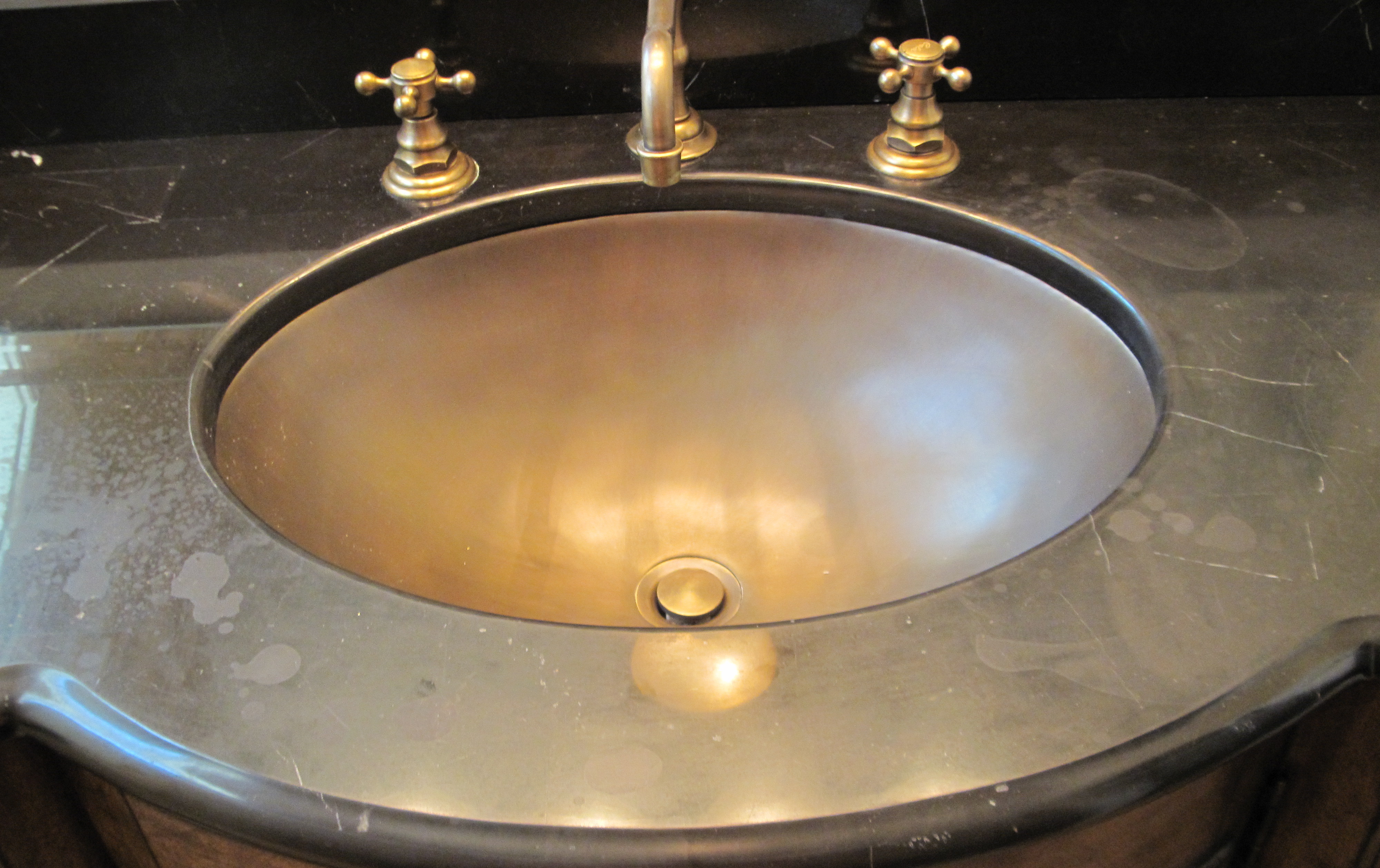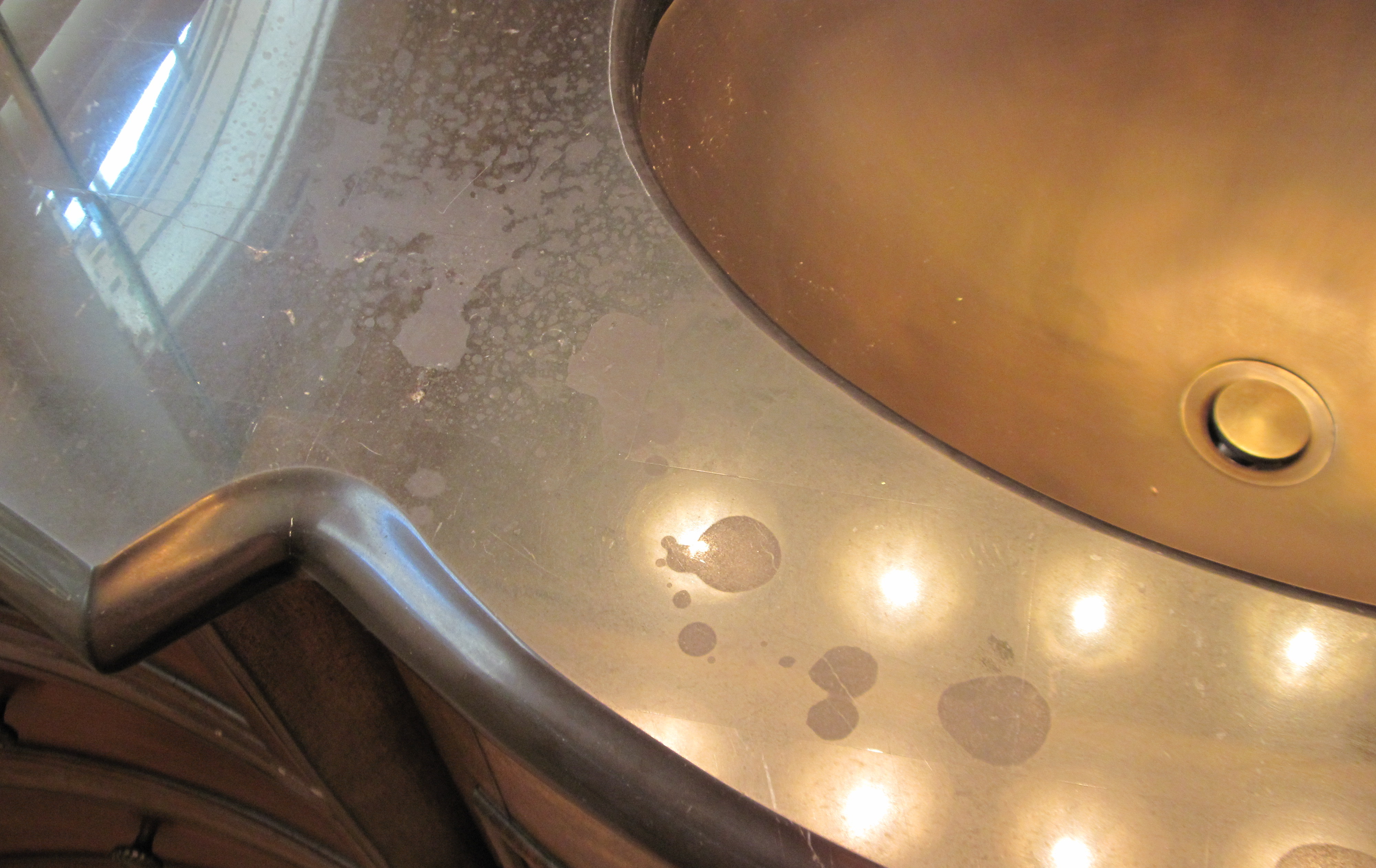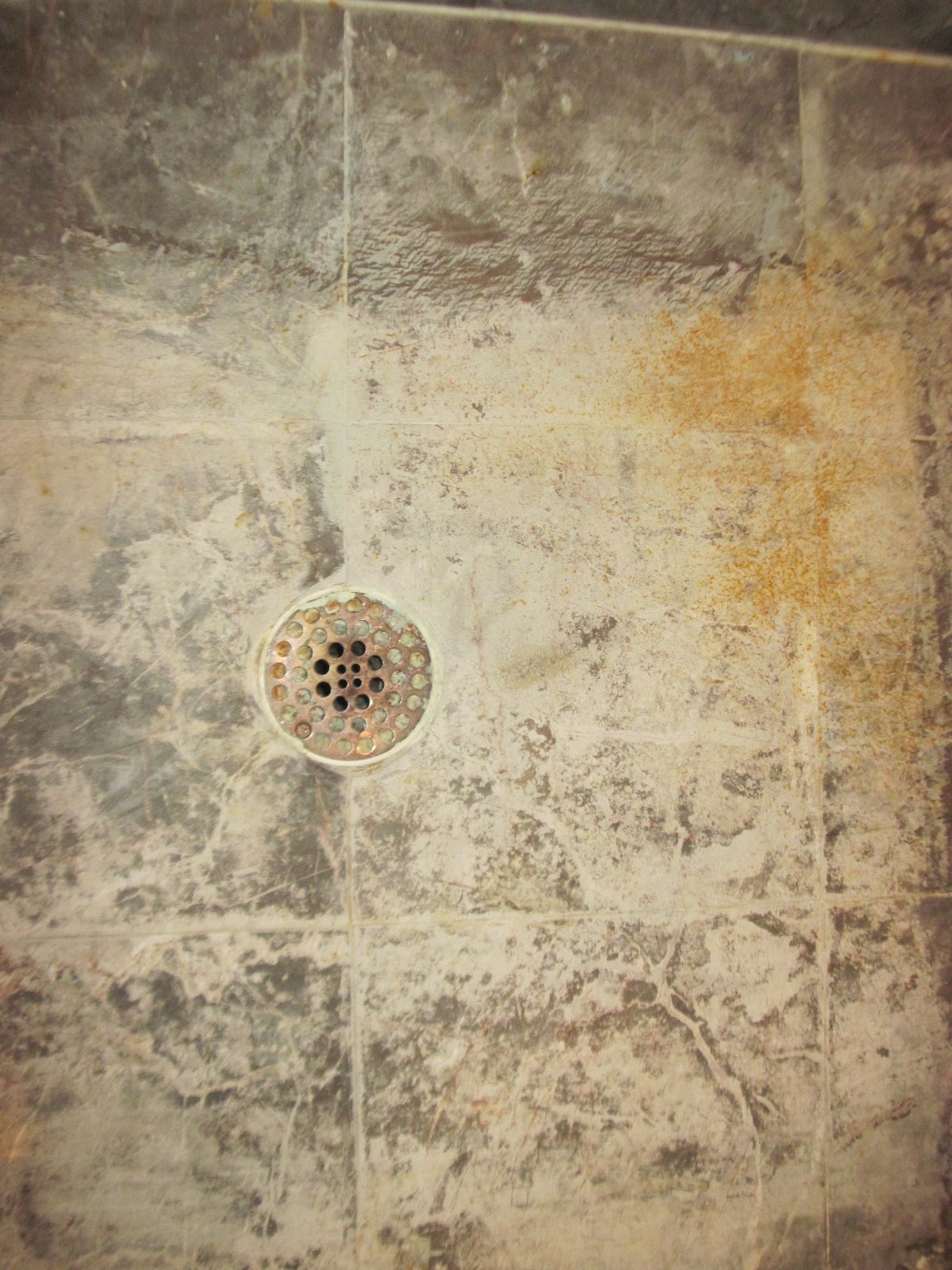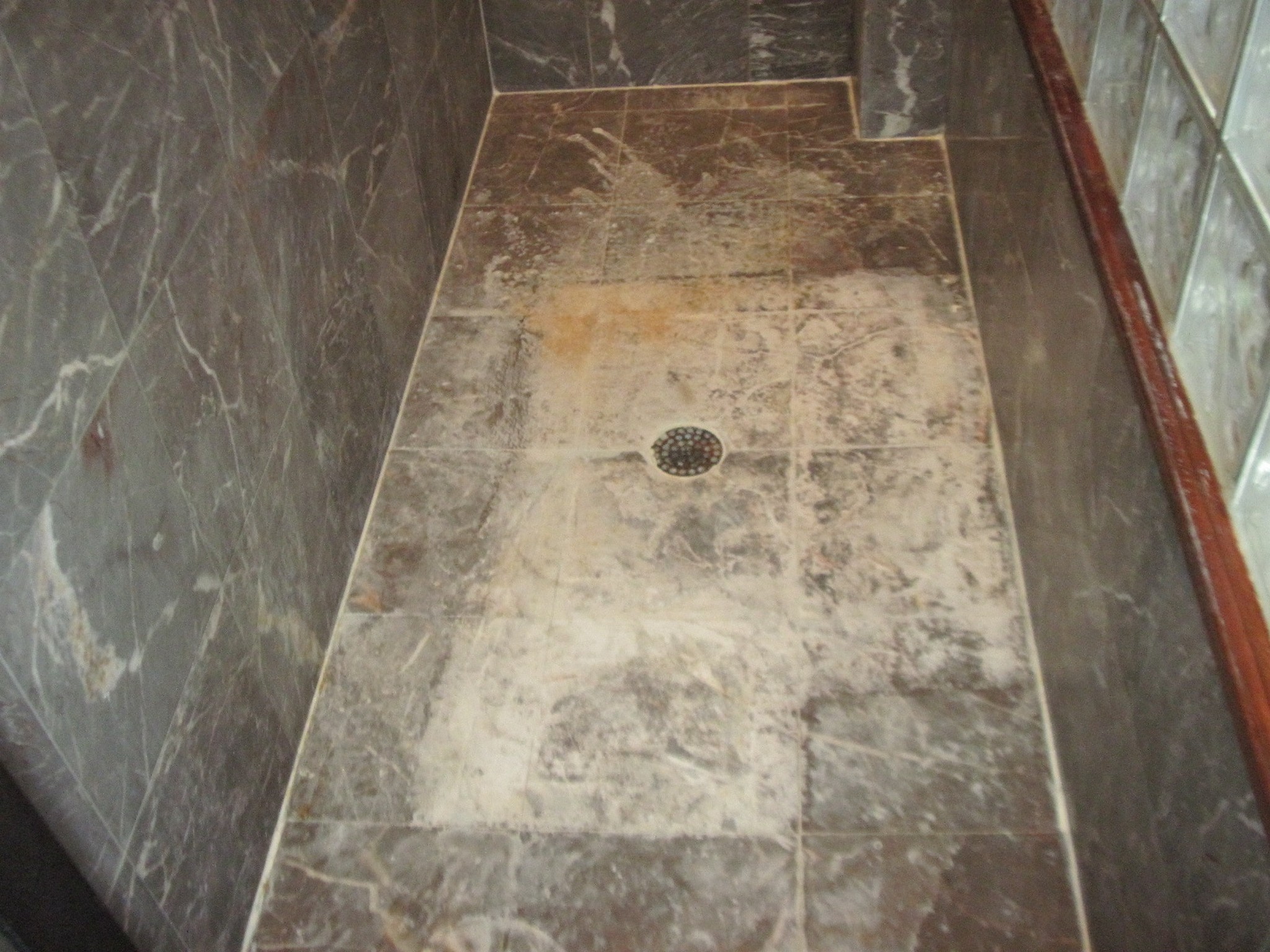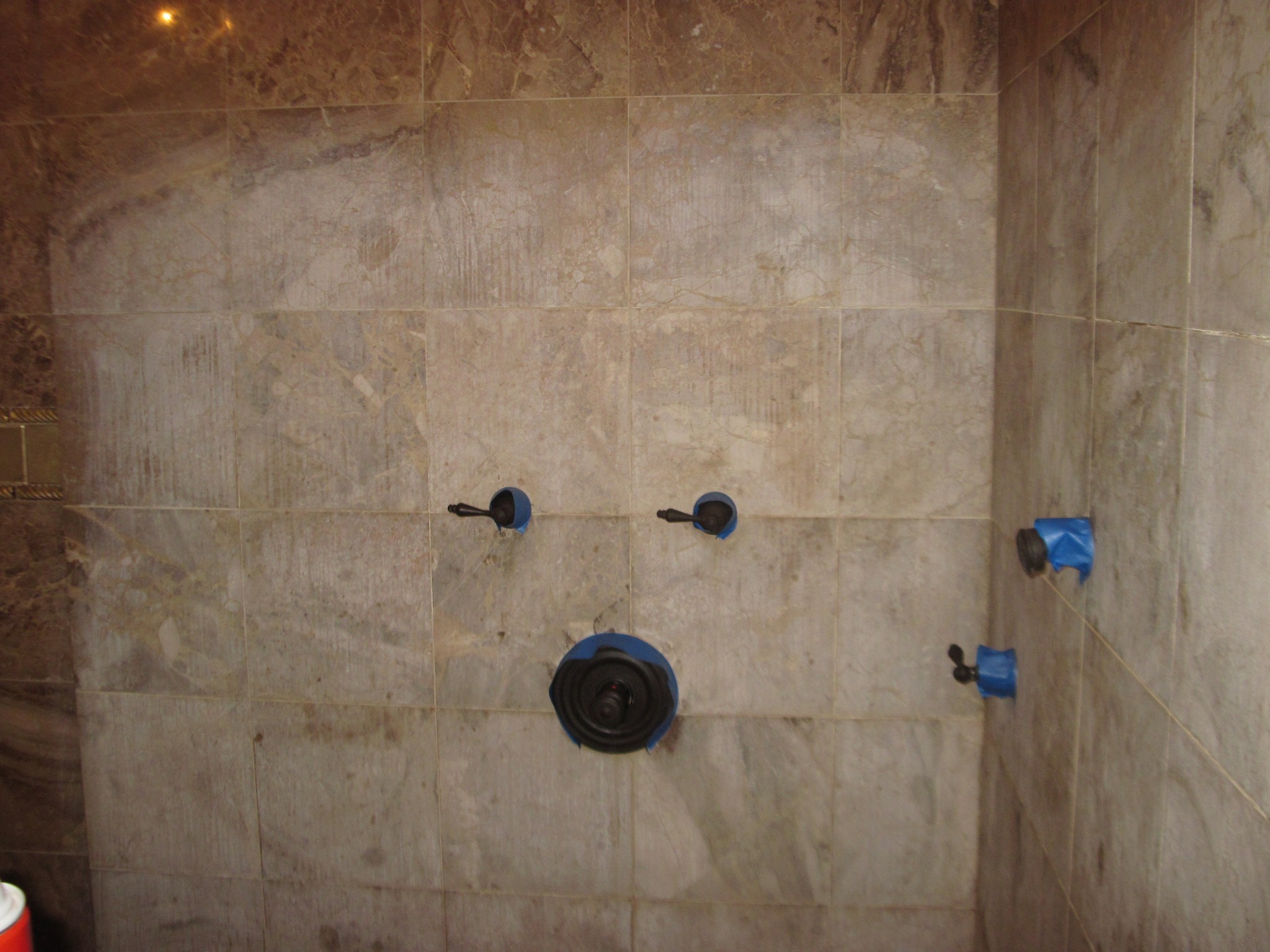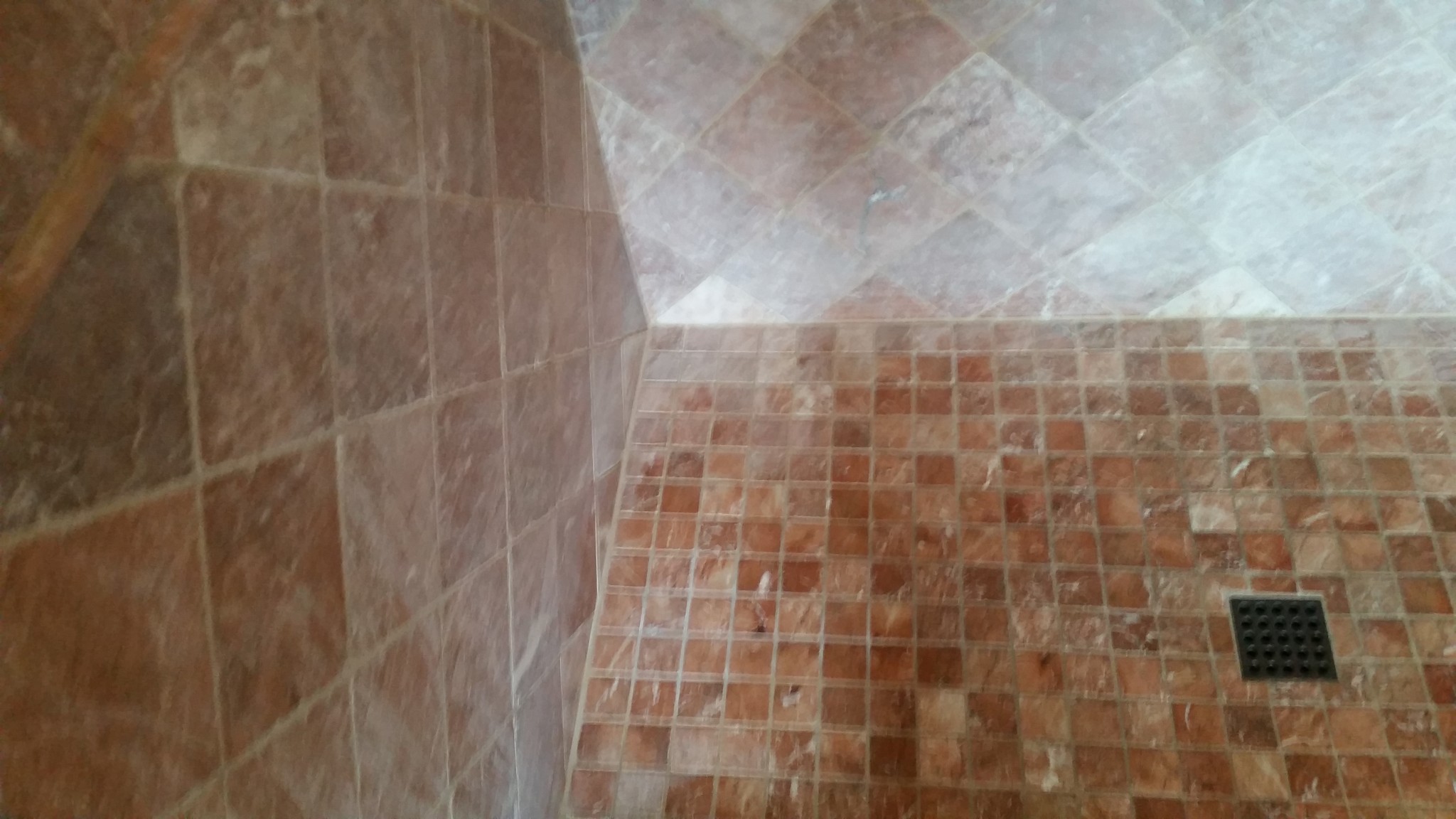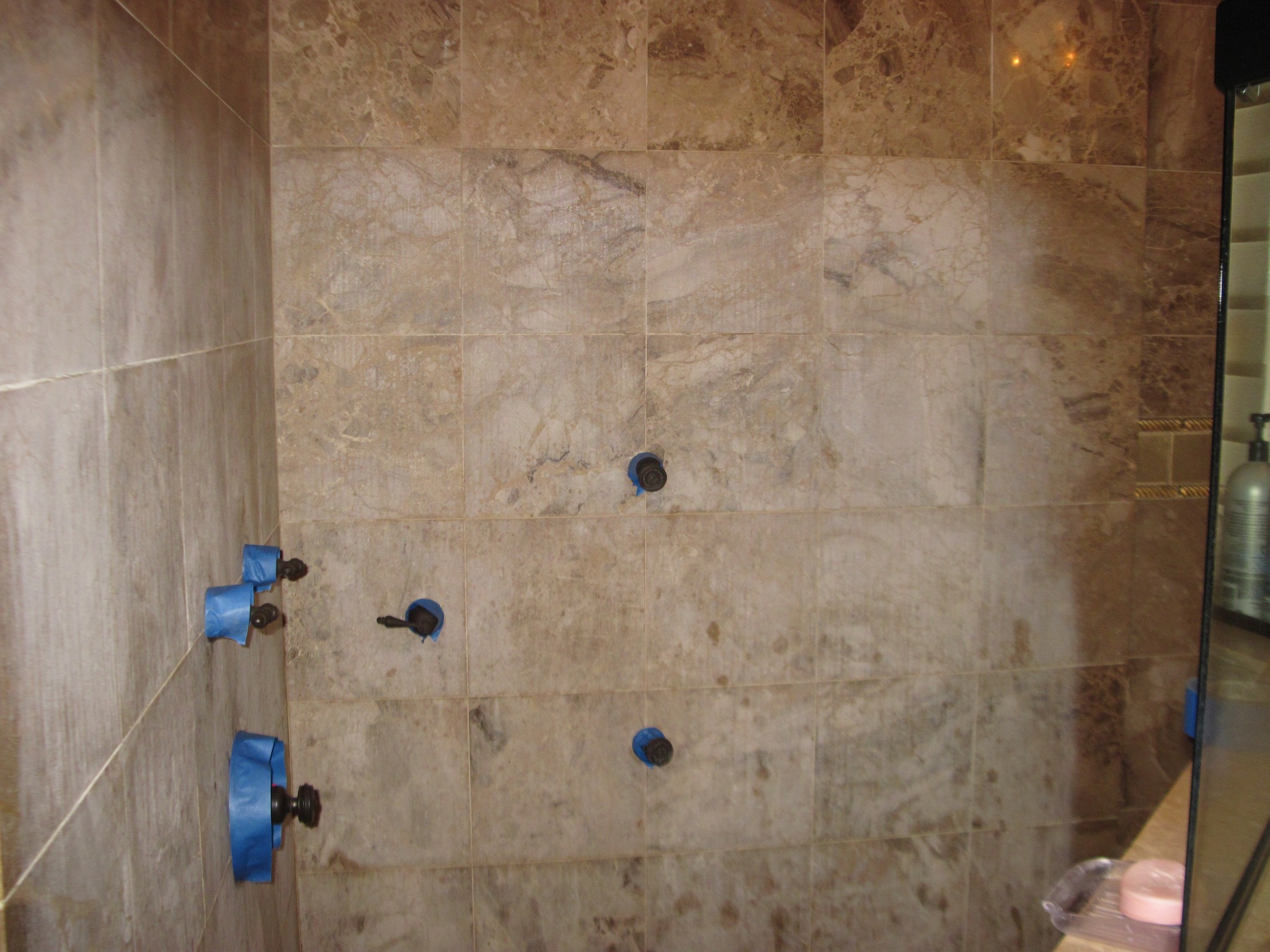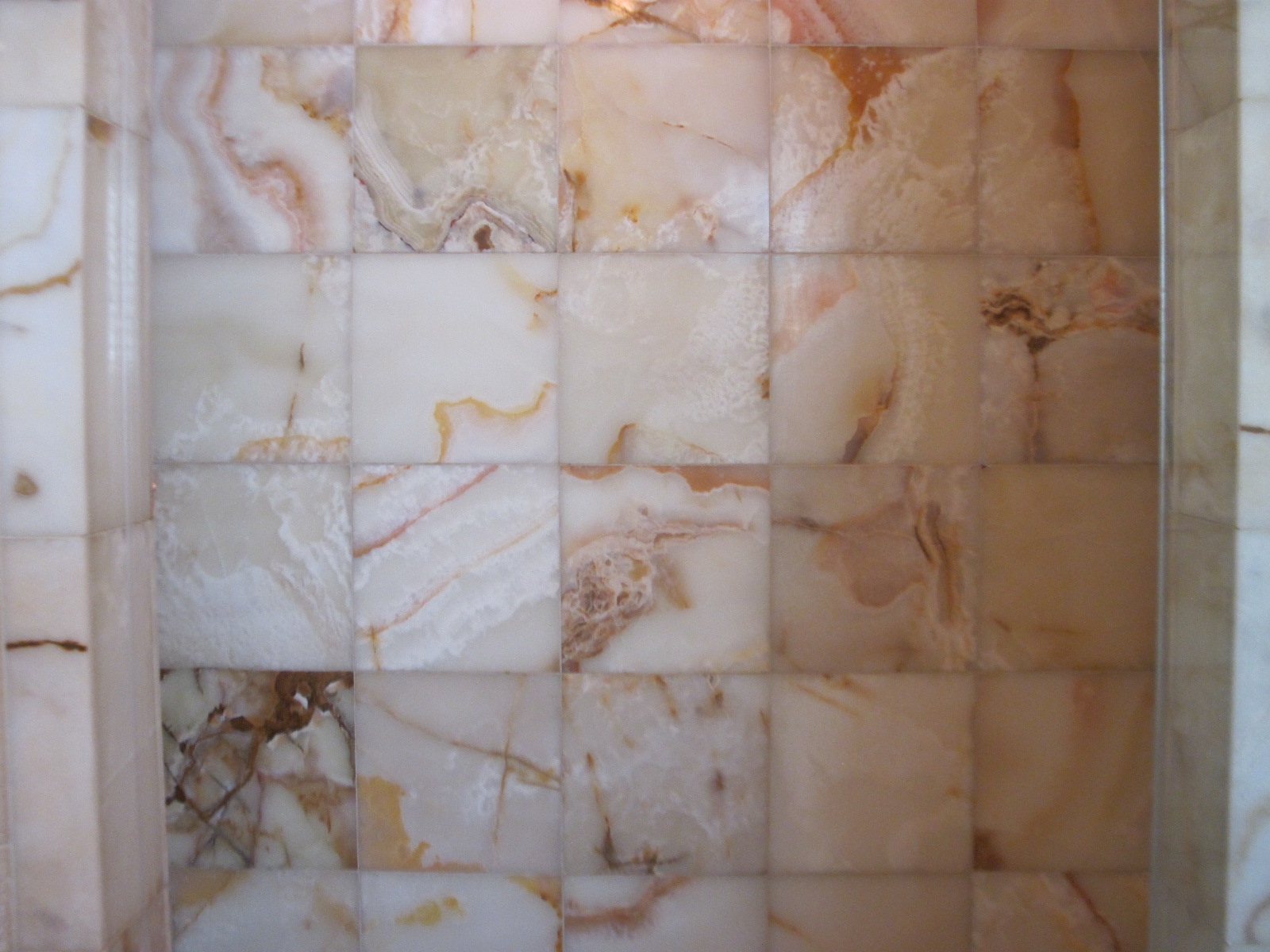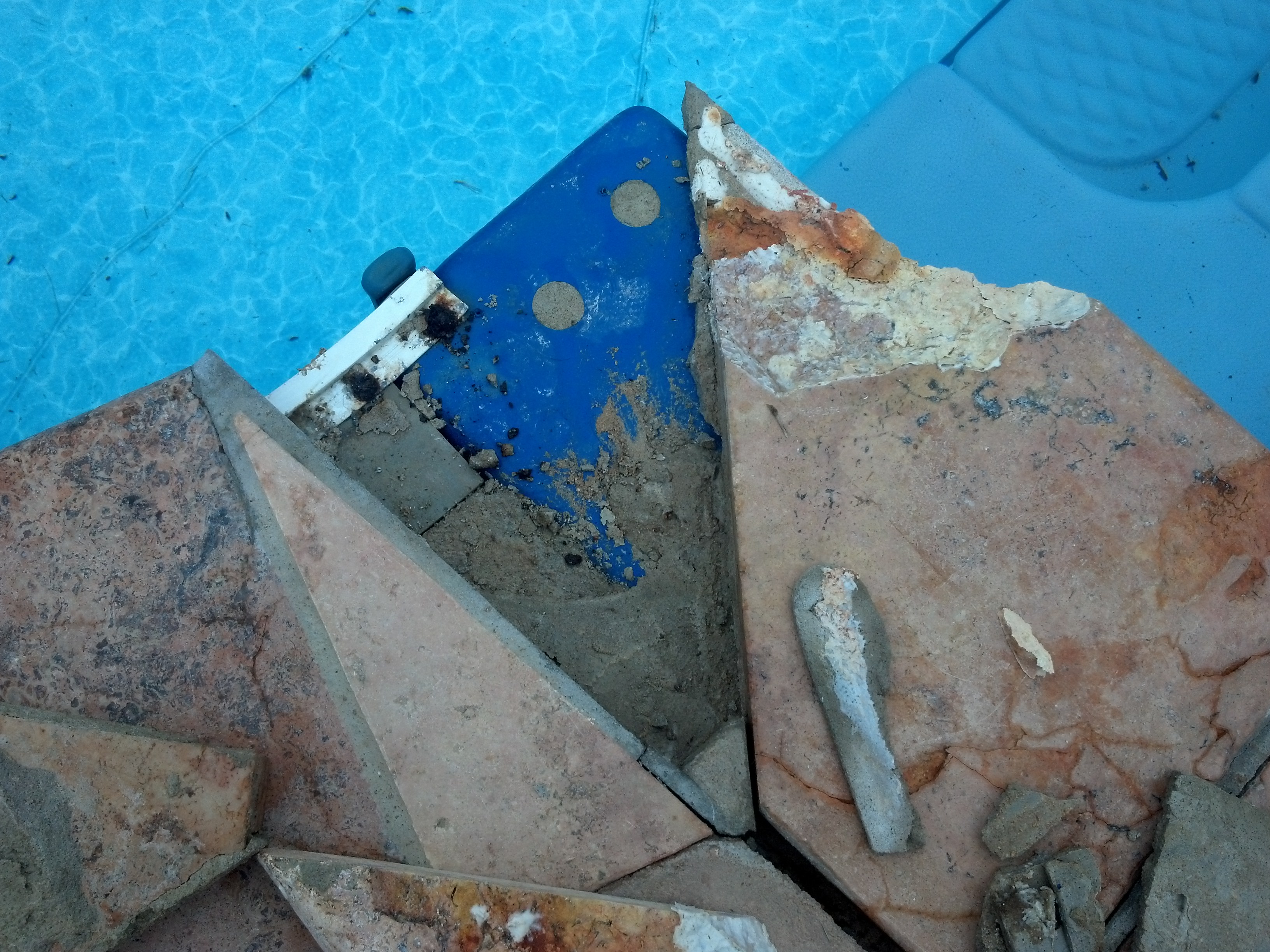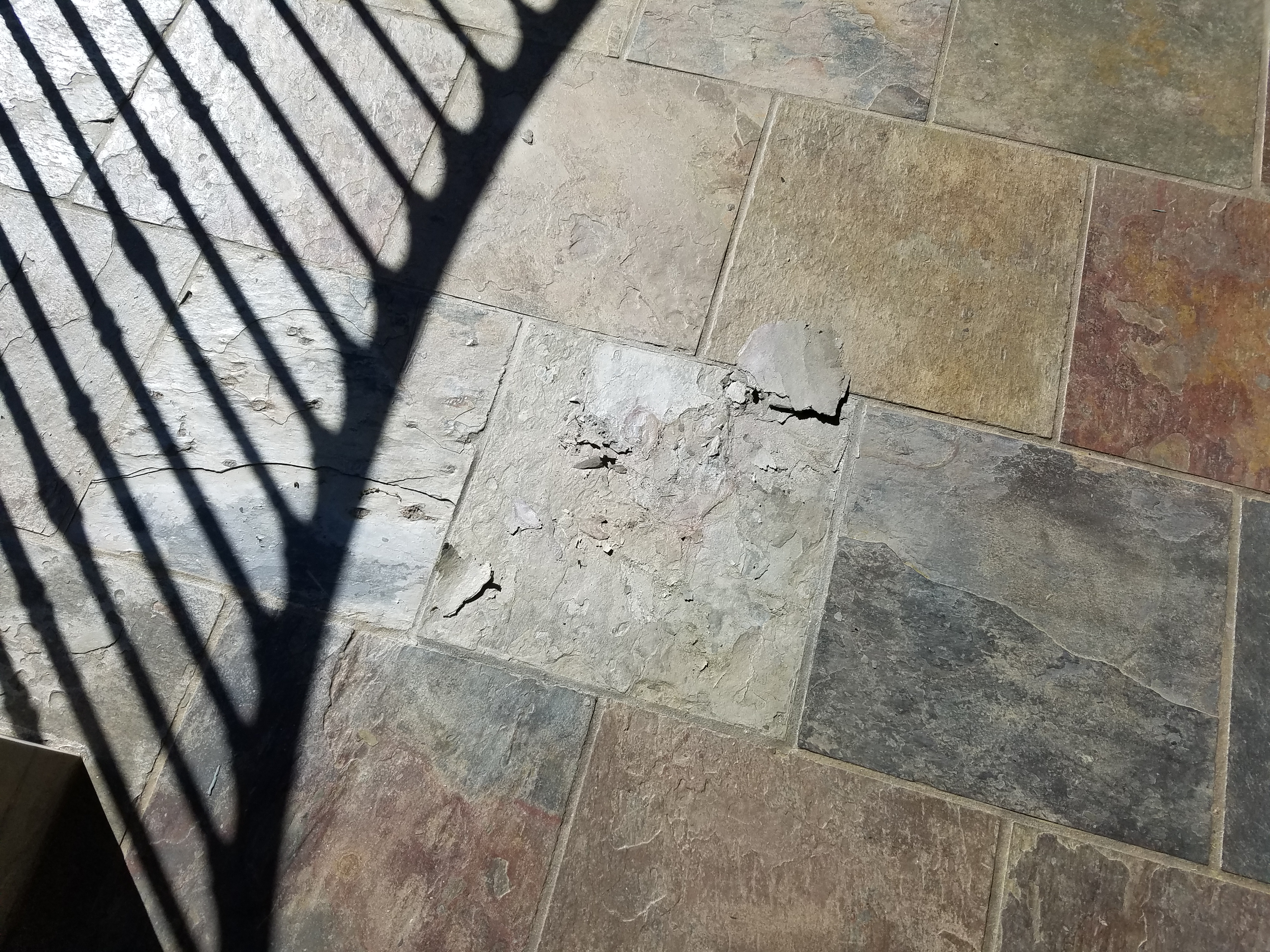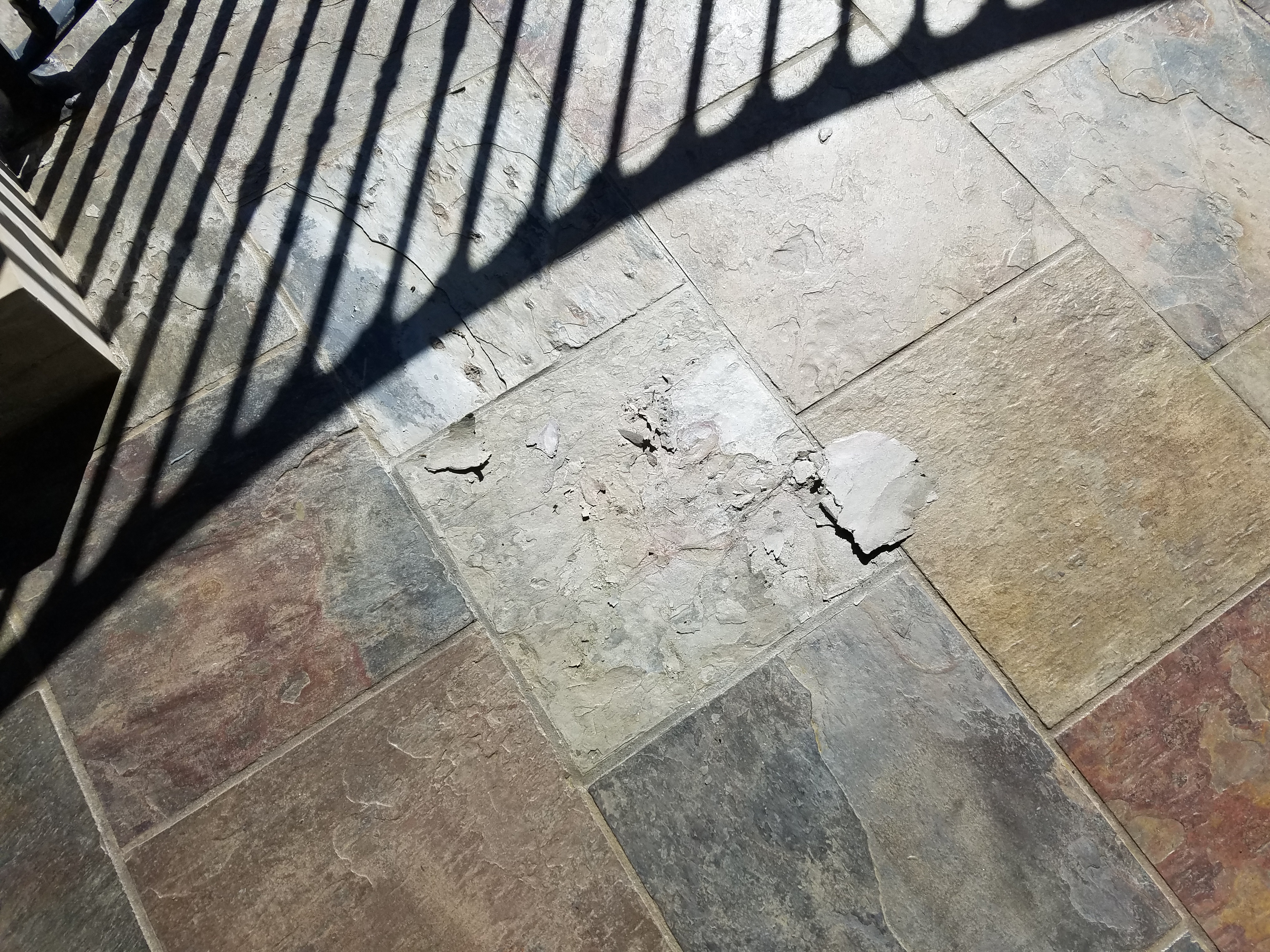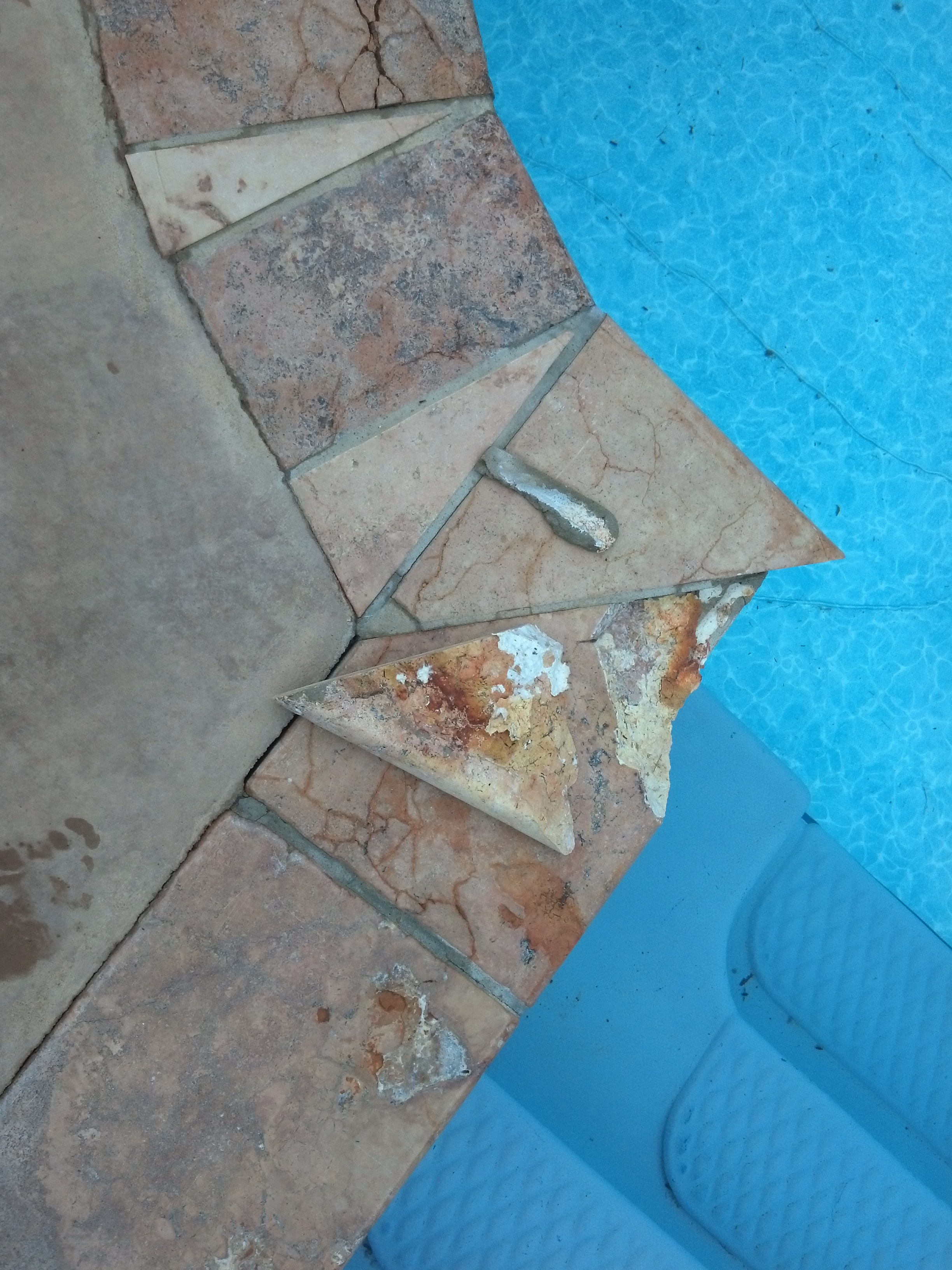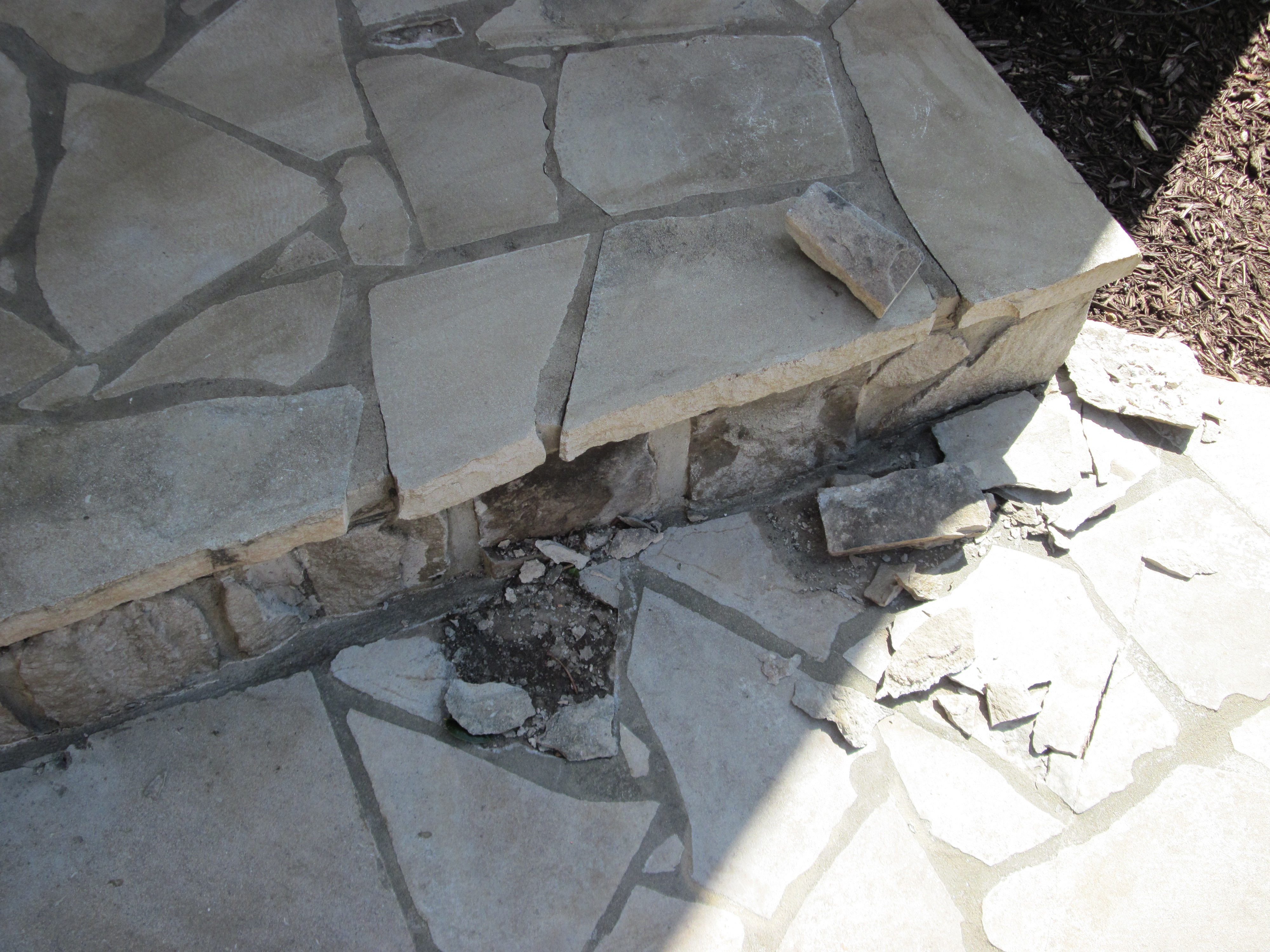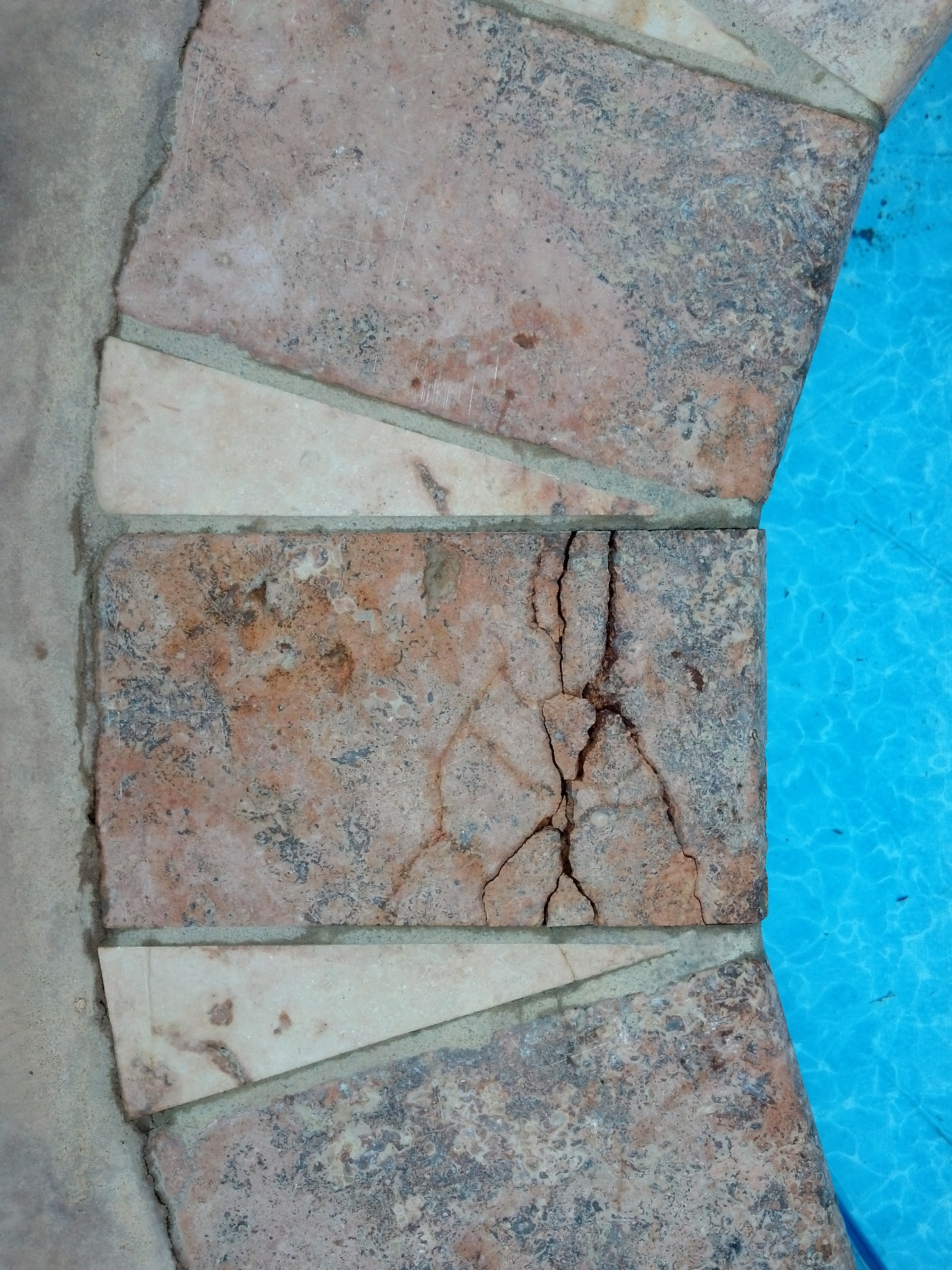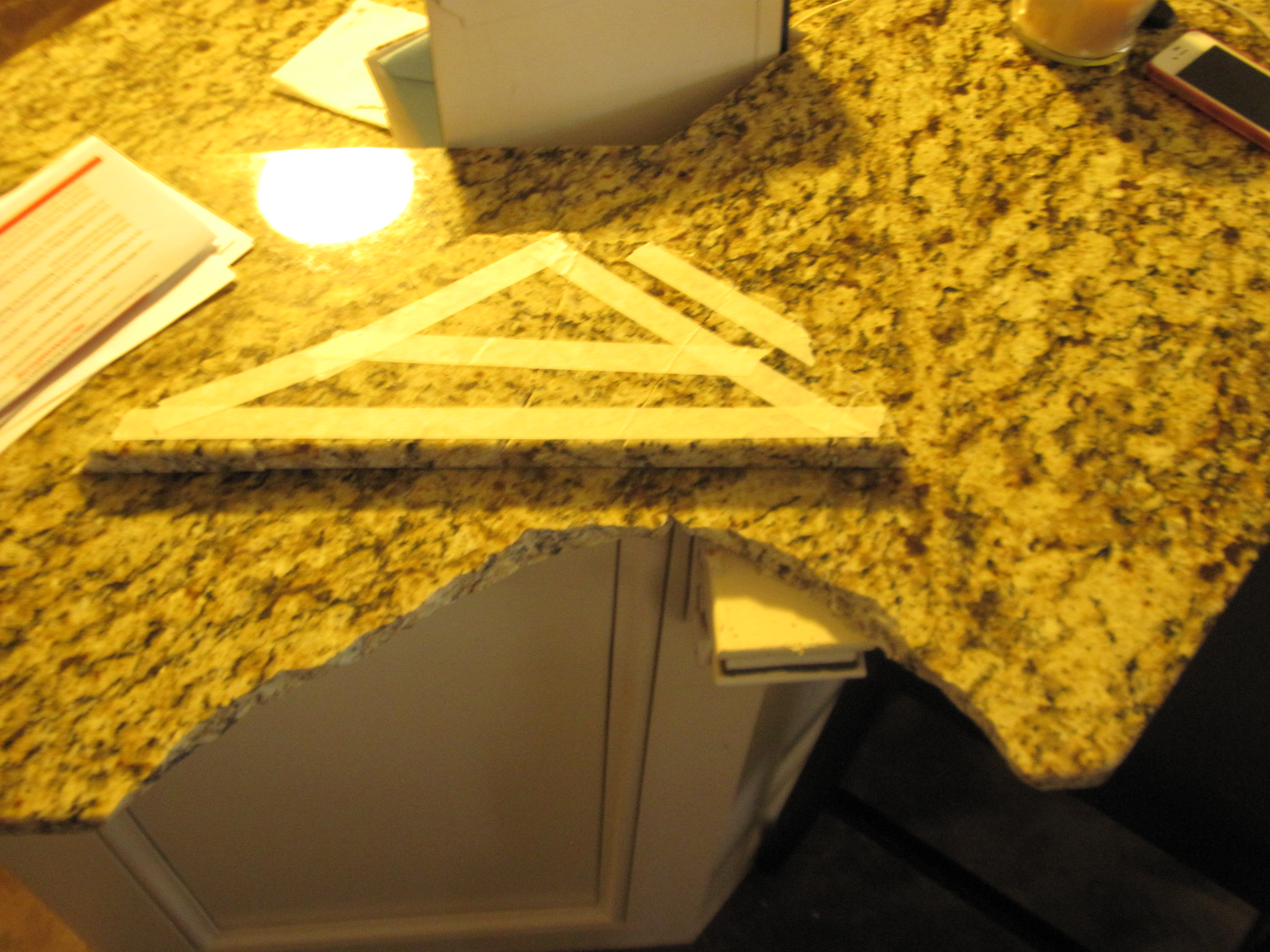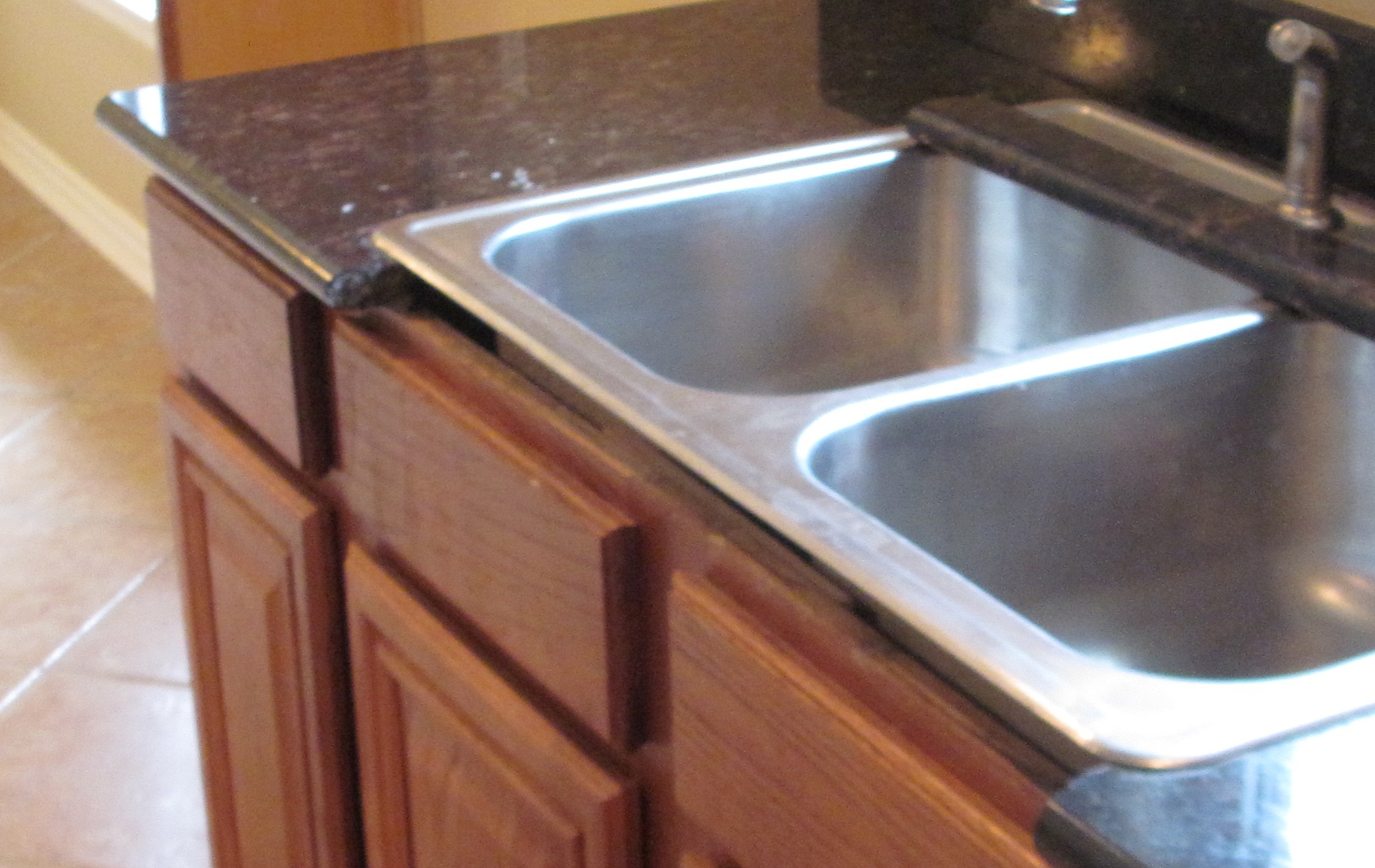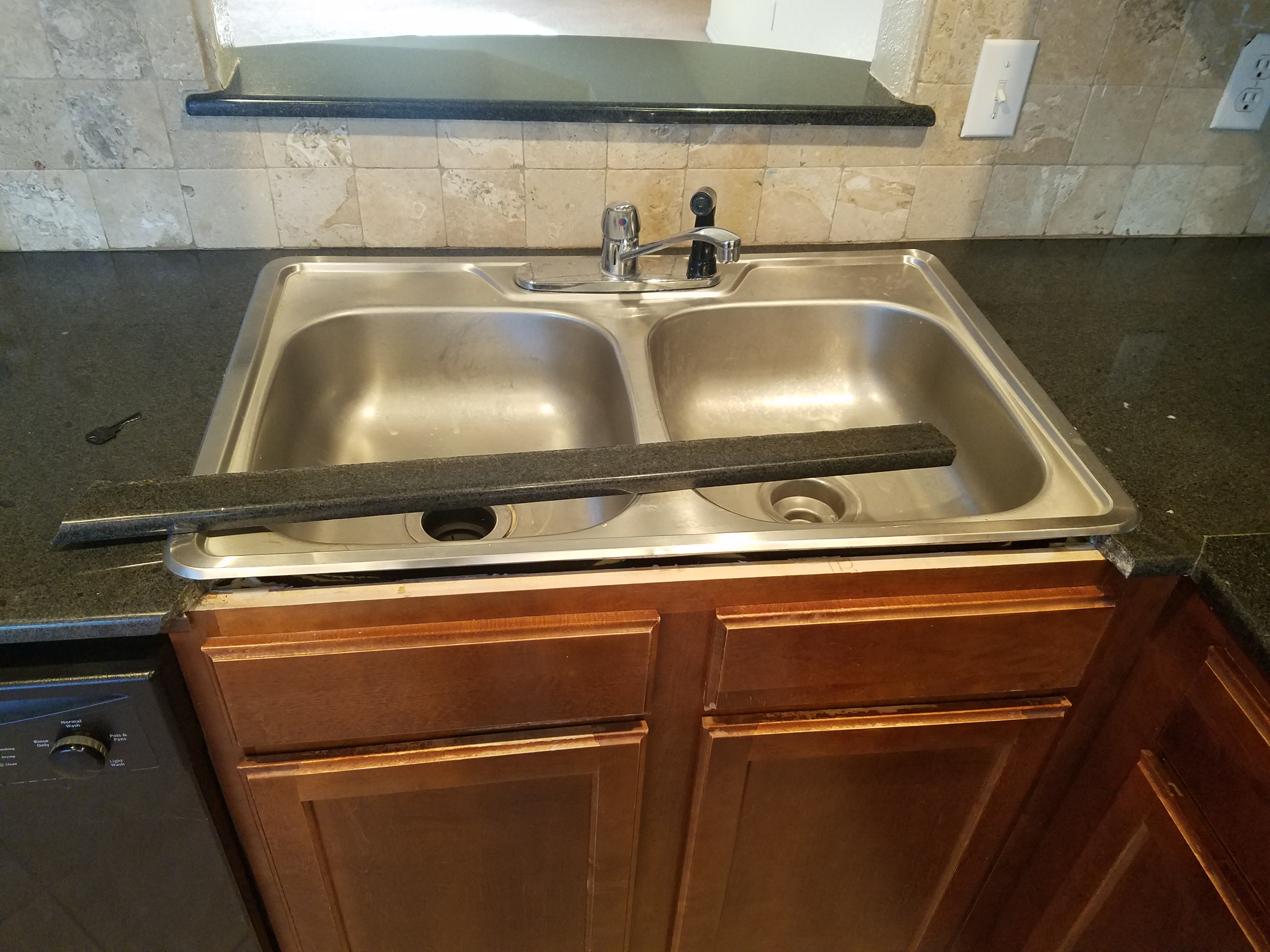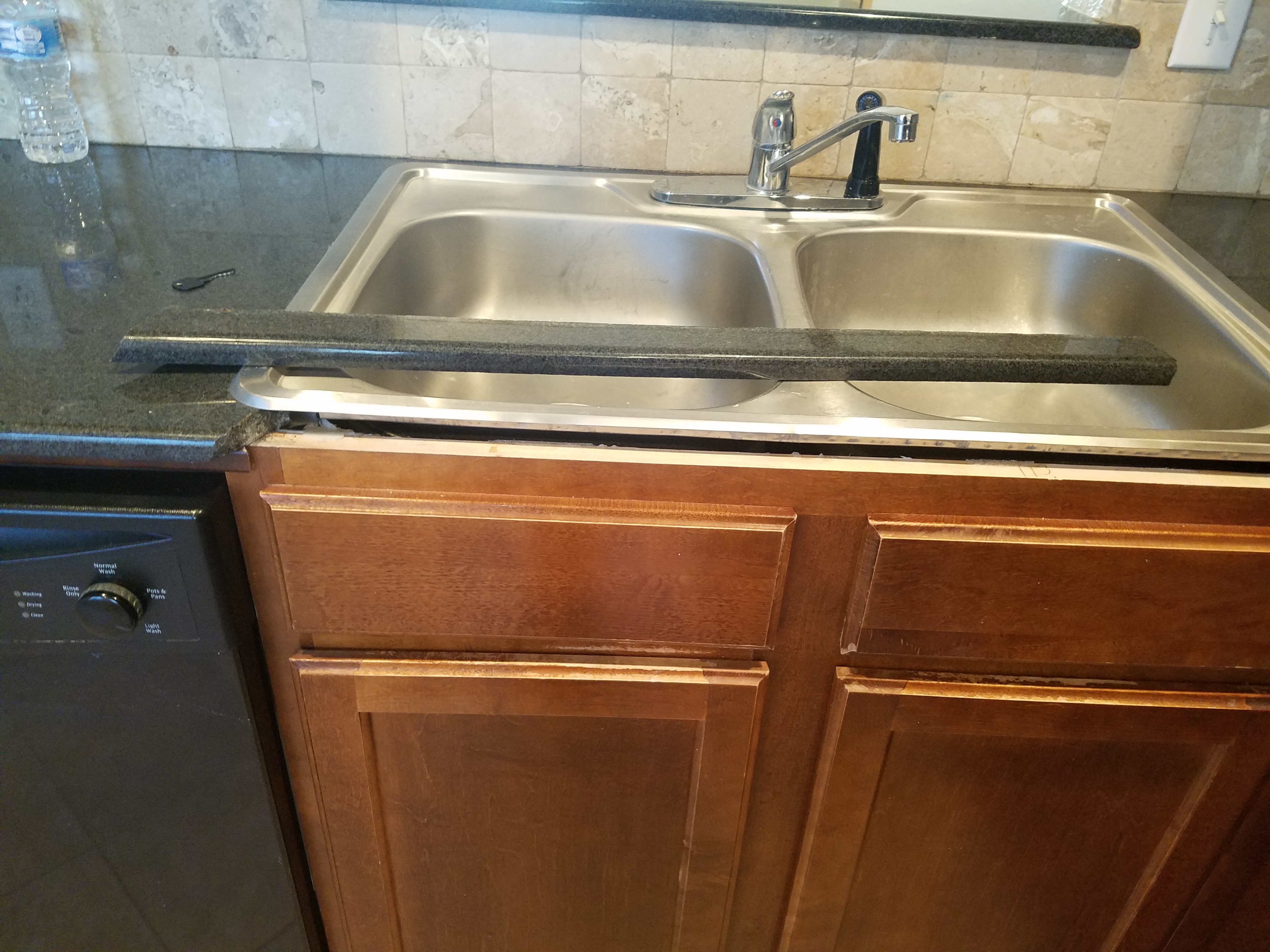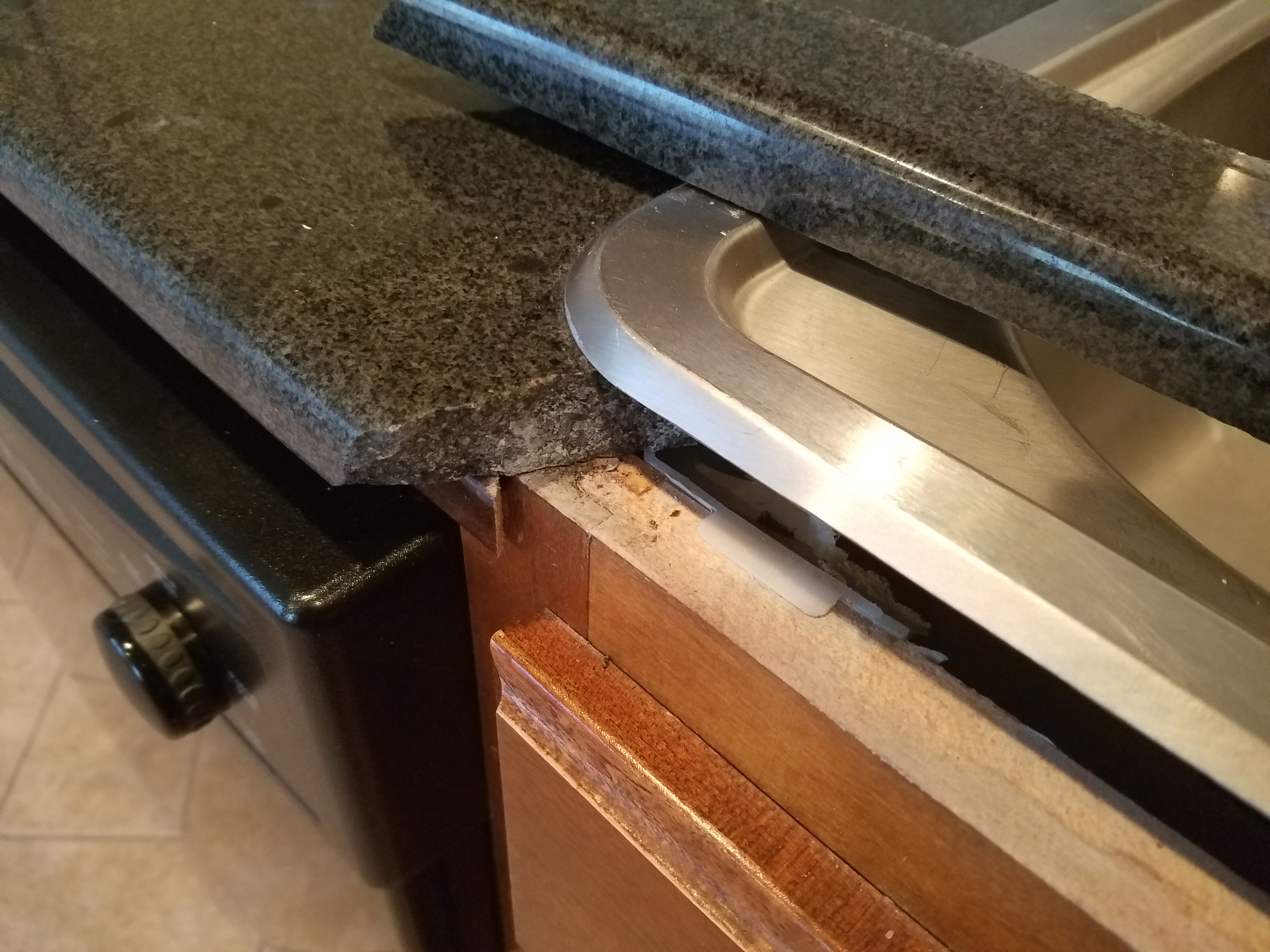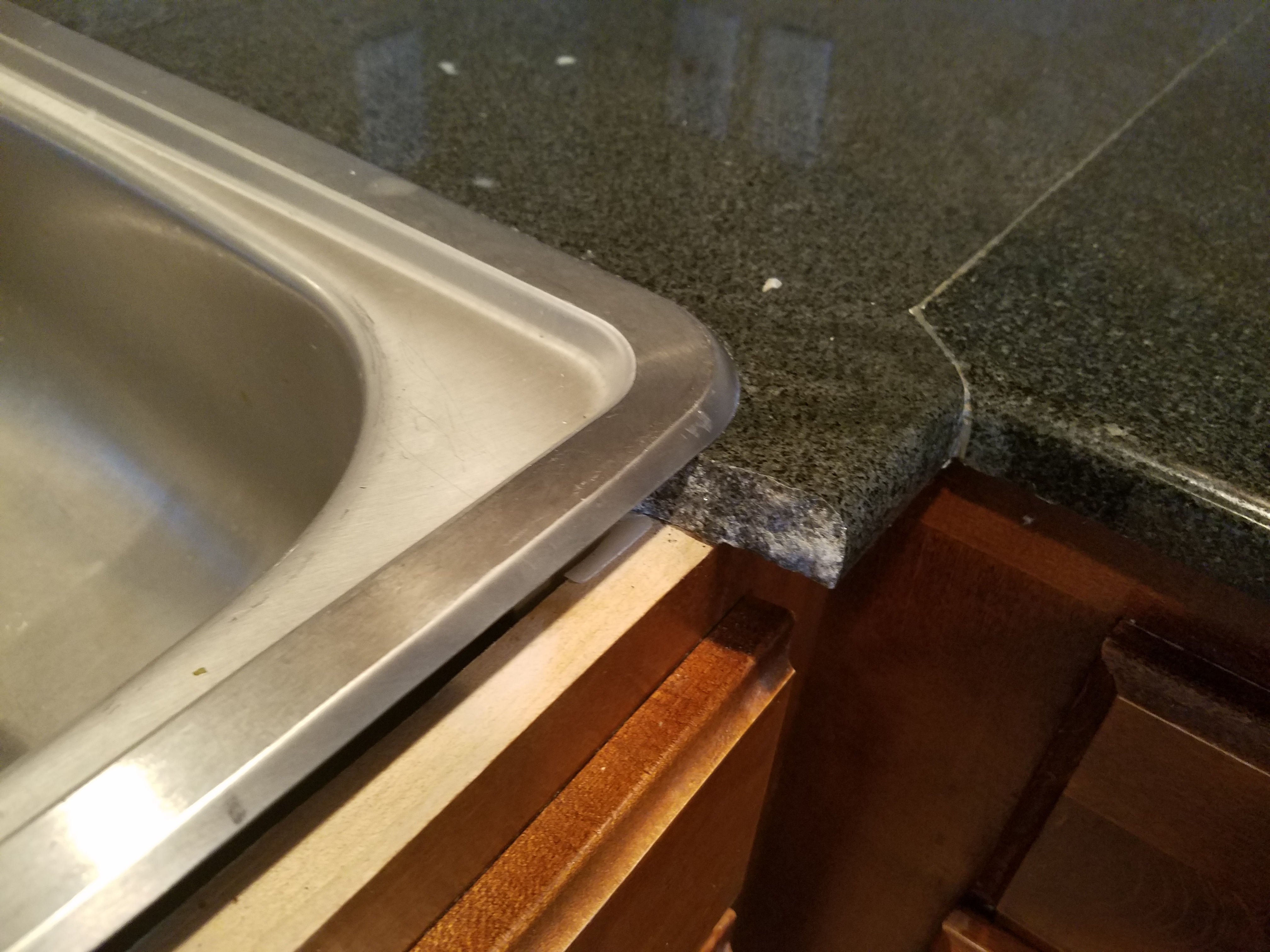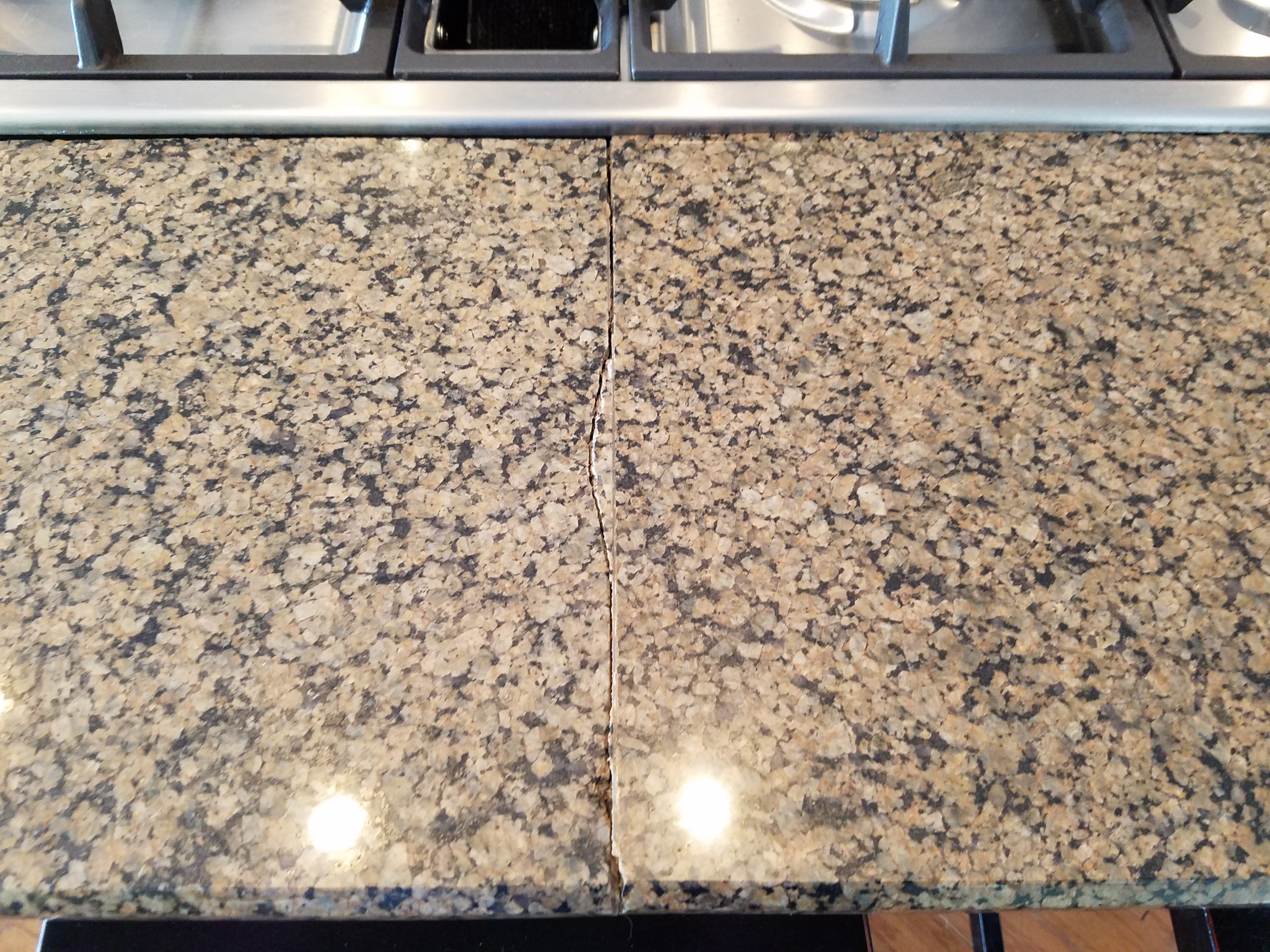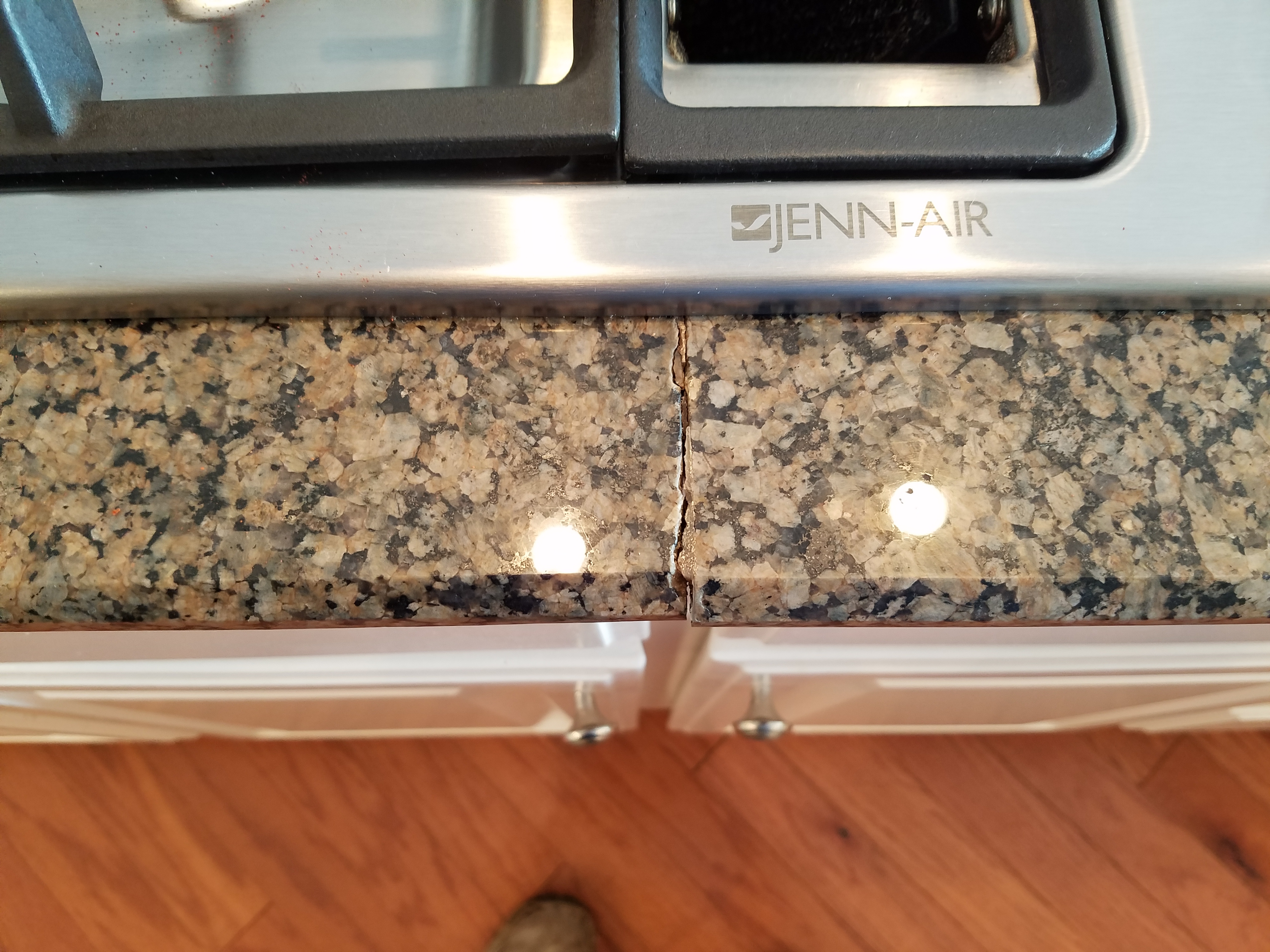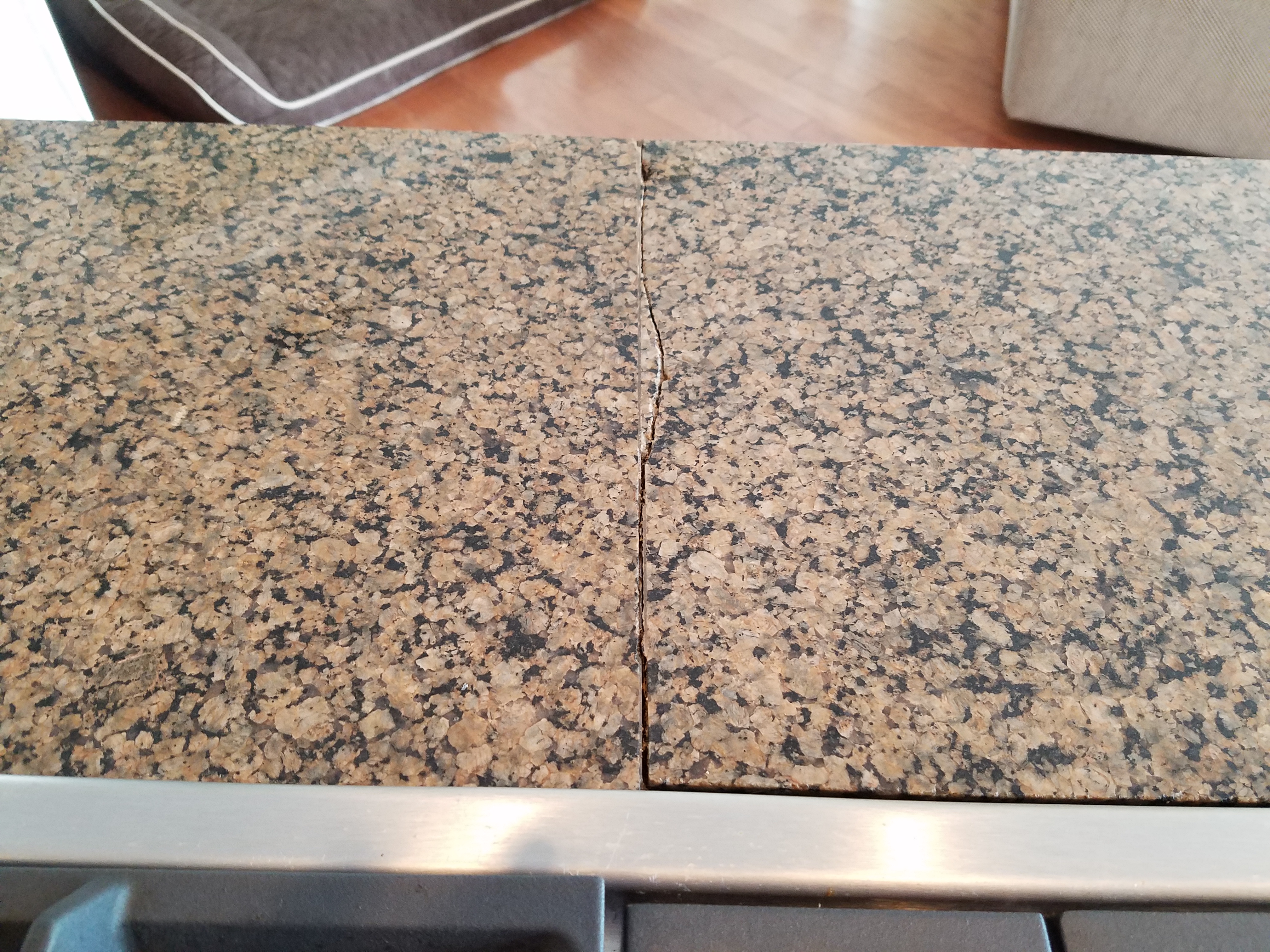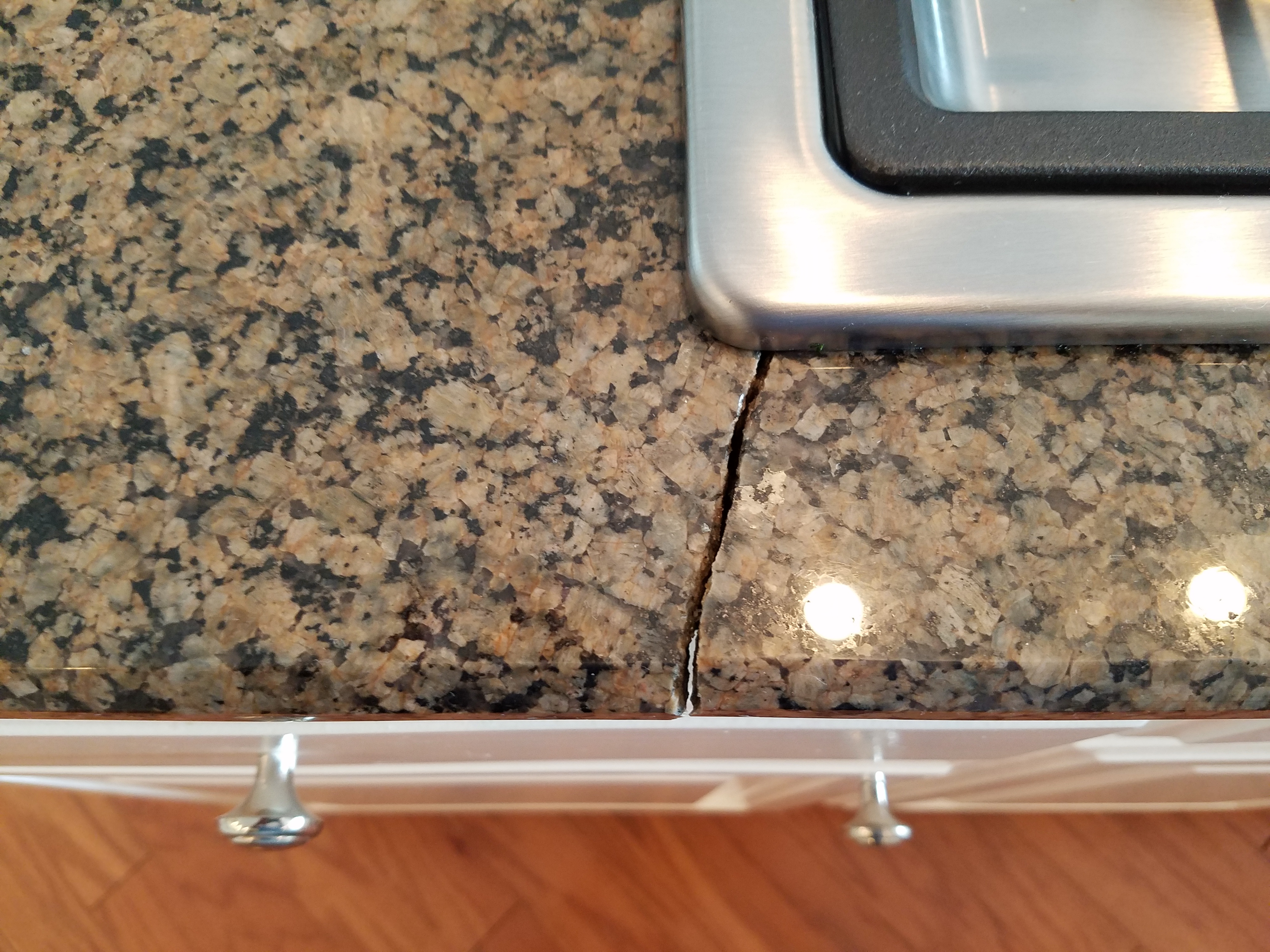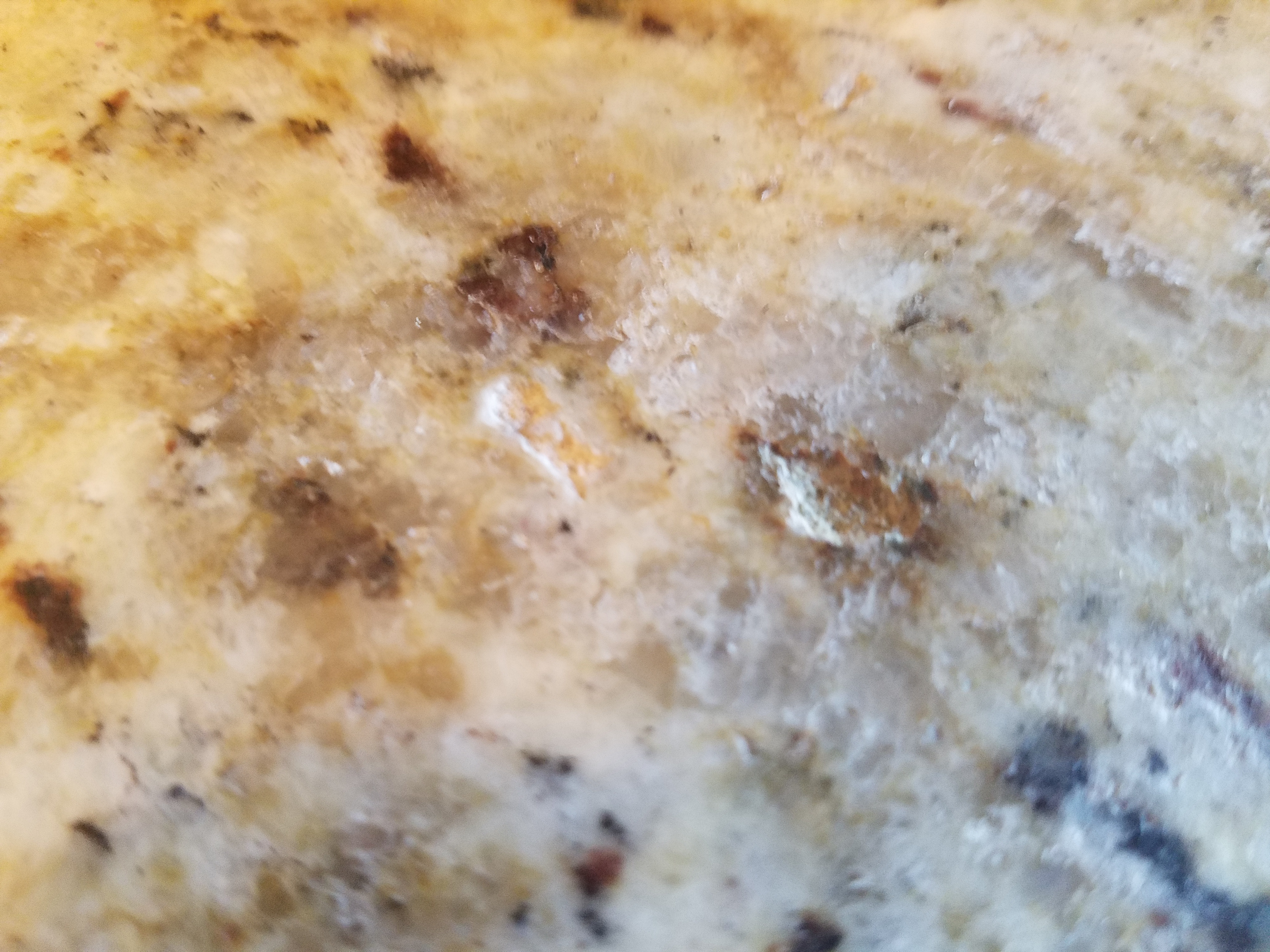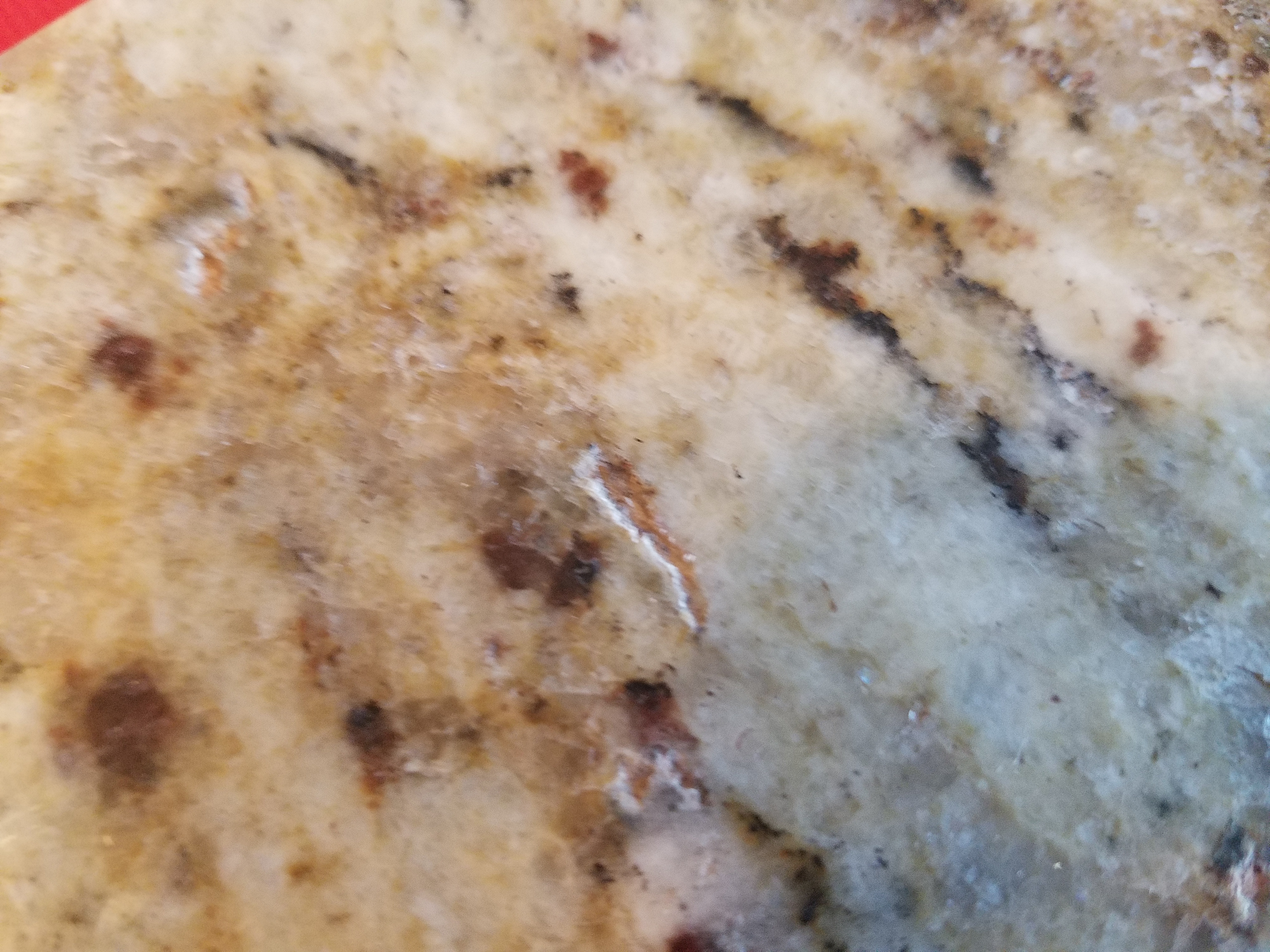Slate
Slate
Slate is a natural stone flooring material that is quarried from out of the earth, usually from mountains. Slate is a metamorphic rock, which simply means that it is formed over long periods of time out of other existing rock types. These minerals and sediments include quartz, mica, muscovite, calcite, and often biotite, chlorite, hematite, and pyrite, with occasional instances of apatite, graphite, kaolinite (the main mineral in ceramic clay), magnetite, zircon, and feldspar. These are all then compressed over long periods of time by heat and pressure until they bond into a homogenous, finely grained stone, which we know as slate. Slate is a durable, finely foliated, and brittle stone, which comes in a wide range of colors, depending on the location and minerals of the slate in question. It is often black, dark green, and gray, but can also include instances of red, purple, gold, and blue. Slate is quarried in large slabs, which are then cleaved, parallel to the foliation, into tiles of generally uniform size. Slate is quarried around the world as well as domestically, but is mainly manufactured in Asia.
Slate is probably the most common natural stone in general use as tiles for flooring, showers, roof shingles, walls and comes in polished, honed, tumbled and chisel edged finishes. Slate wears well should be sealed to protect from stains and freeze and thaw damage if used outside in colder climates.


